Hello, travelers, friends, and greetings to the community!
Recently, I wrote about Kongsberg and its bridge adorned with coins.@hindavi/on-the-way-to-western-norway-first-stop-kongsberg
During a 2006 upgrade, large copies of some historic Norwegian coins and medals were added along the railing.. The Norwegian Mint, located at Nybrua here in town, produced all the coinage for the country. For my birthday, my husband gifted me a visit to the silver mine, which was the source of the silver outside Kongsberg. Now the silver mine is no longer in operation but is kept as a fascinating tourist attraction. So we took advantage of the good weather and headed to Kongsberg.

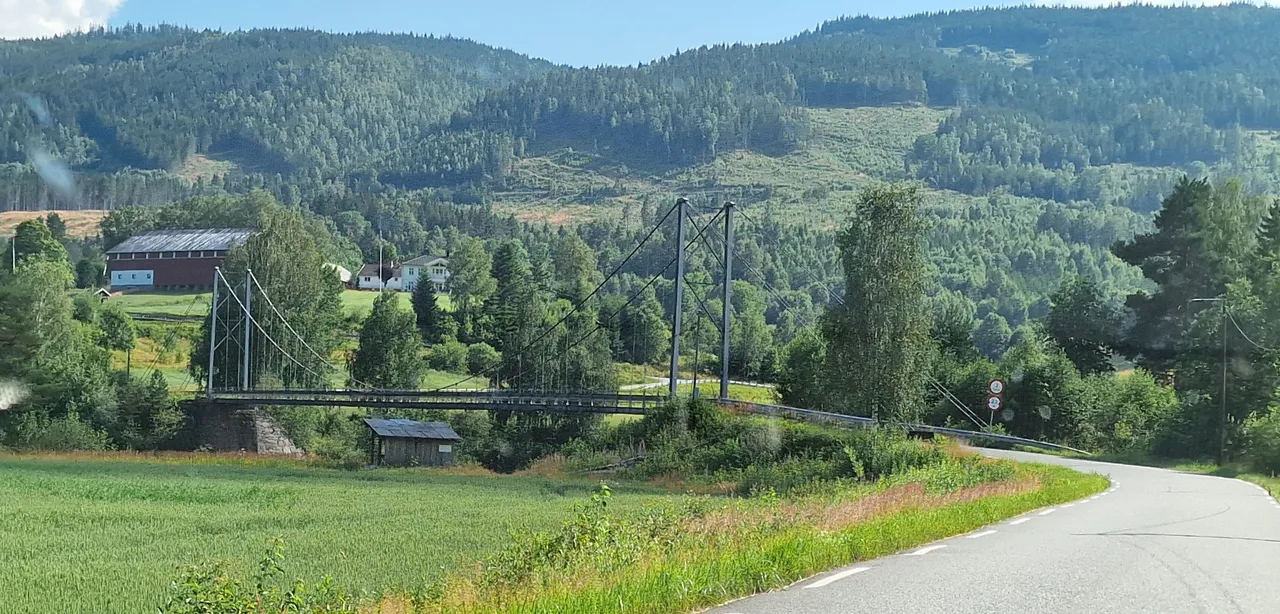
We arrived a little earlier than scheduled due to light traffic. We used the time to explore the water park by the river near the old silver mine.
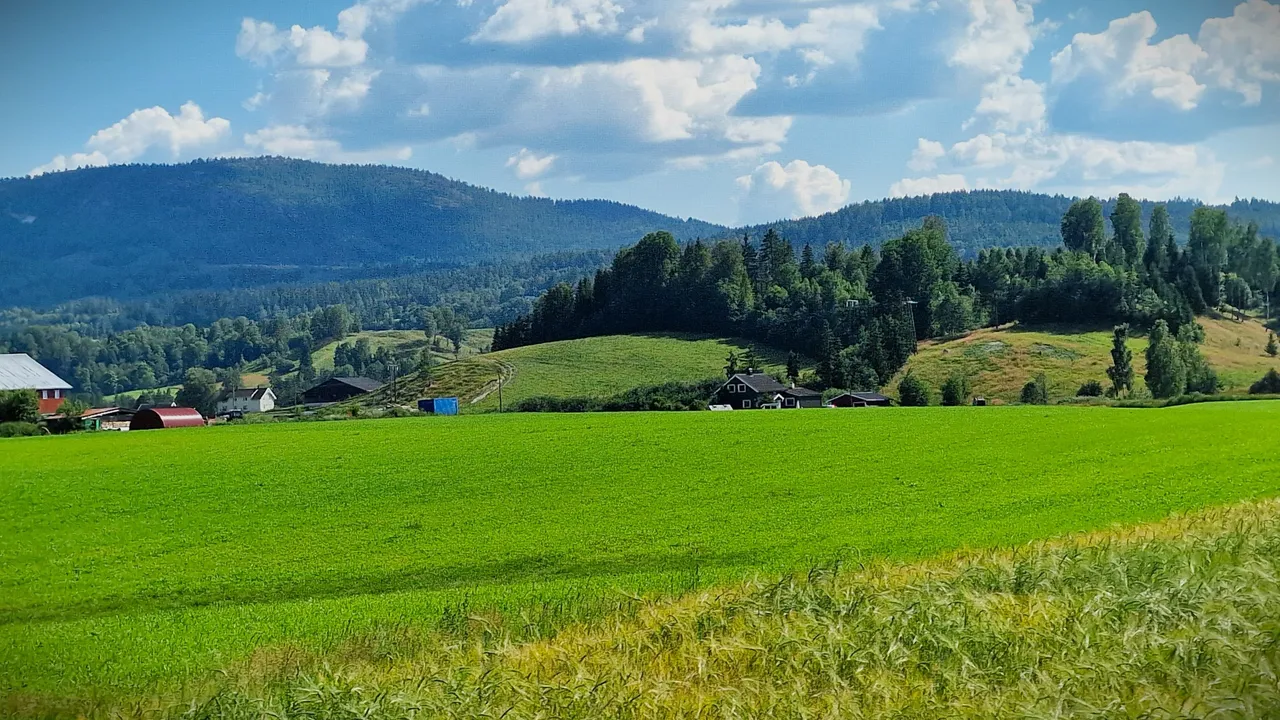

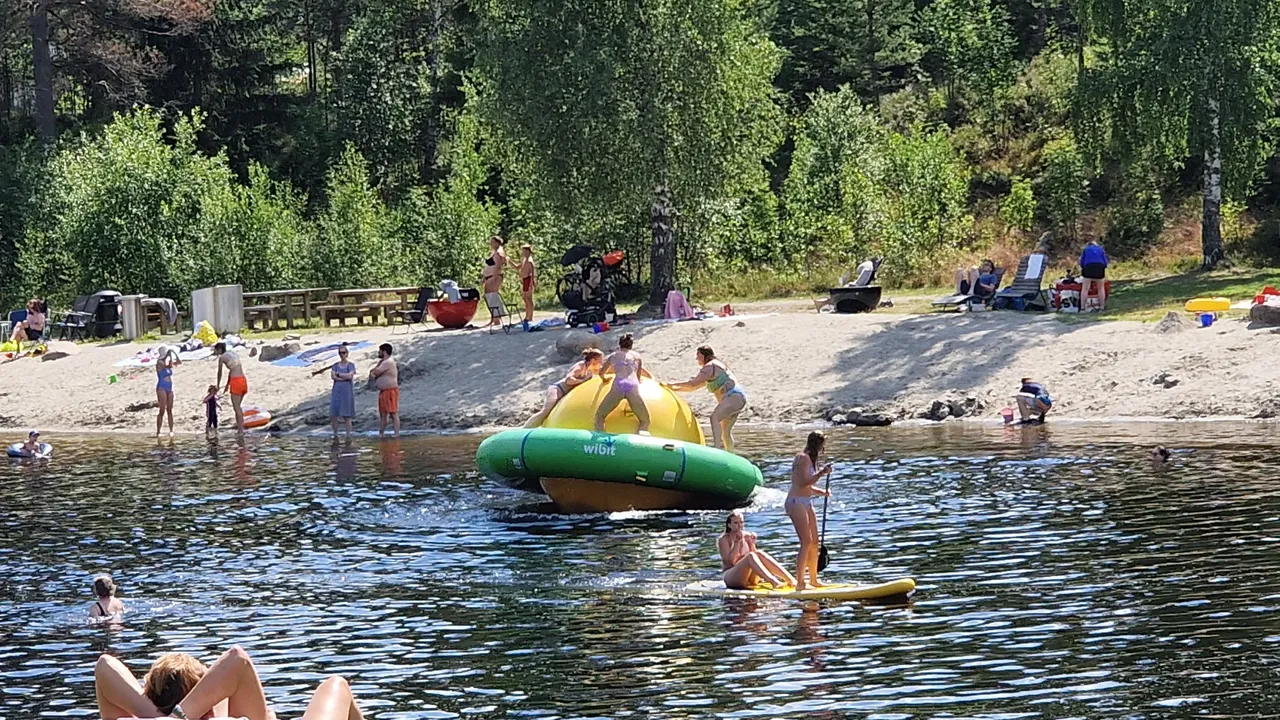
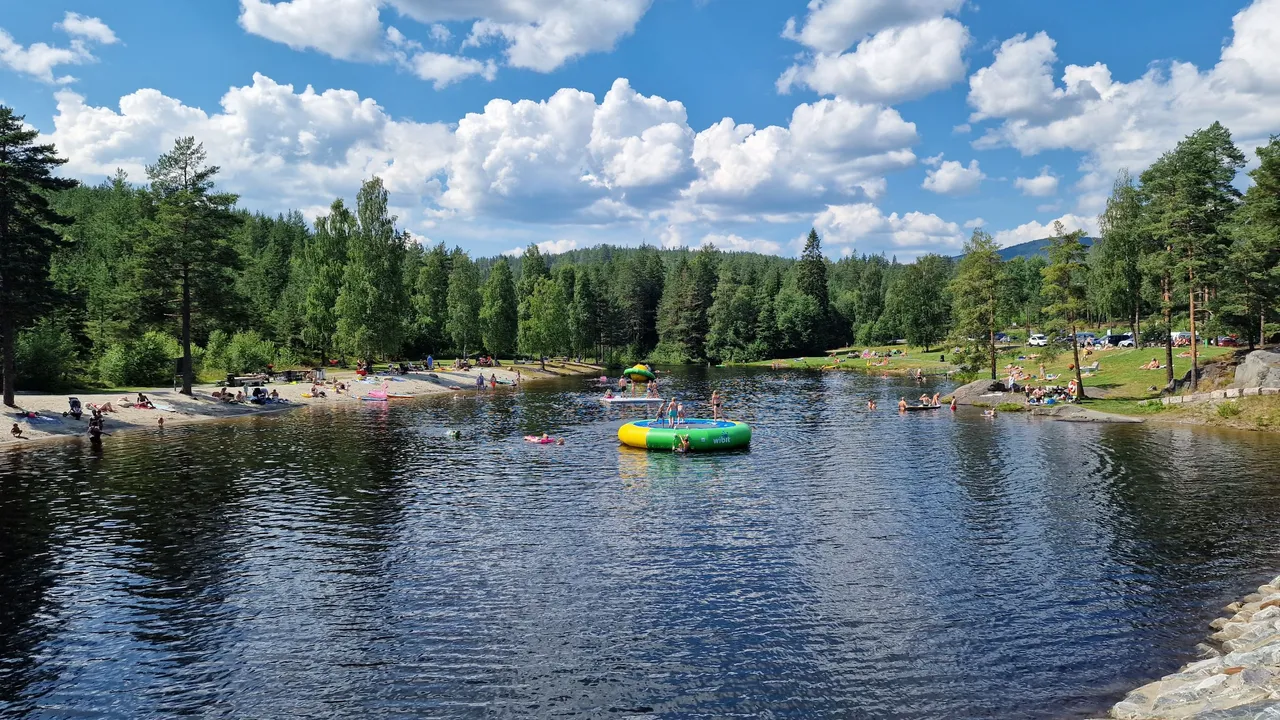
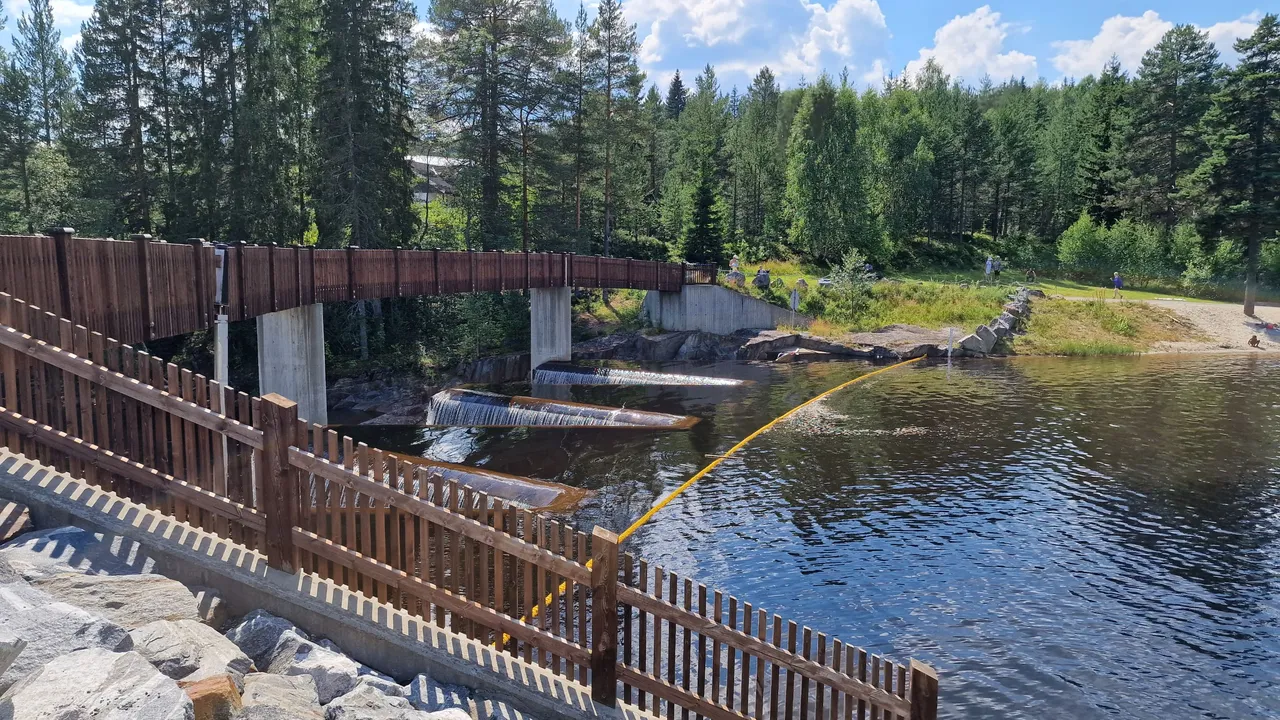
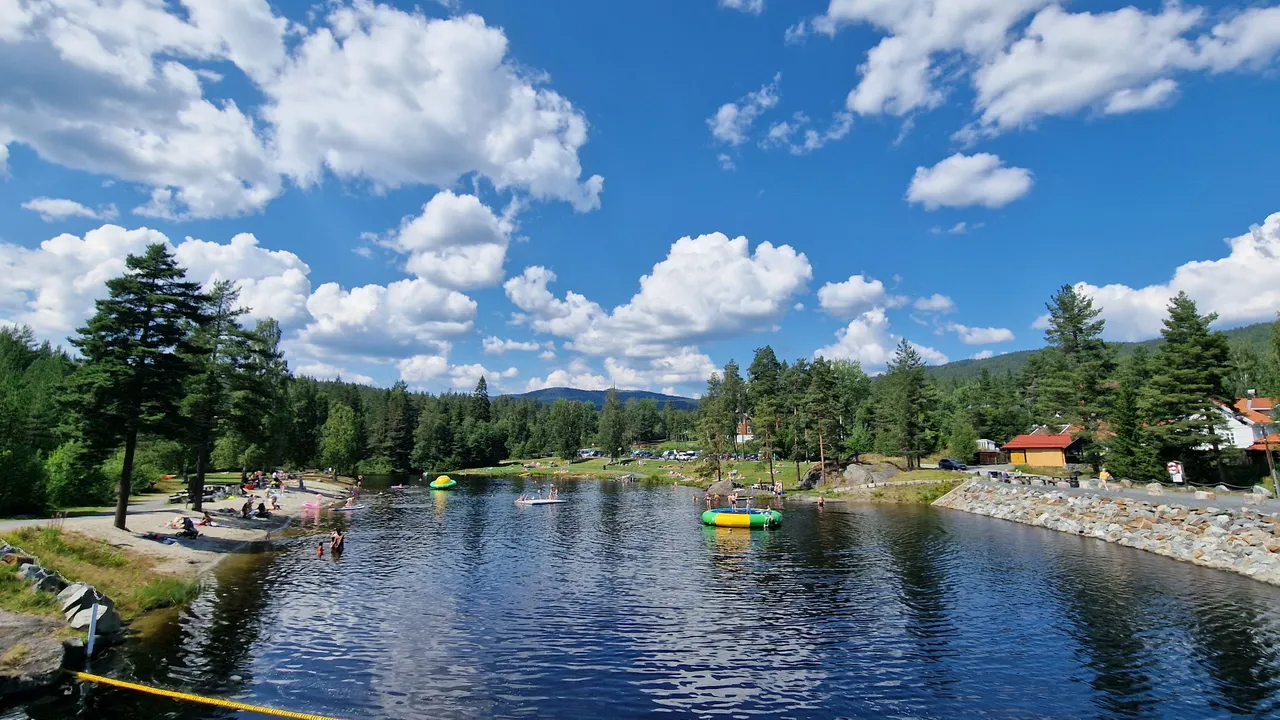
Summer is in full swing, and the sun’s rays and warm temperatures invigorate both the mind and body. In this colder region, we truly appreciate the refreshing touch of nature. Everyone was waiting a long time to enjoy these summer moments, and now the time has come to feel the sun, the warmth, and the water activities on a joyful summer vacation.
We are unfamiliar with this place. Our ticket for the silver mine was for noon, and we arrived early. We parked our car on the opposite side of the water park that was full of people of all ages. The watersport activities look very fun, and people are enjoying the summer activities.
However, I have my cultural and traditional boundaries, and I'm not used to participating in these activities in public. But I like to see when people are happy and how they enjoy themselves freely.
After spending some time, we came to the silver mine entrance. where all the people for 12 o'clock train started gathering

Ticket counter.
But we booked our ticket online. But available on the counter if there are vacant seats.
Kids (3-15 år):kr.180,-
Students: kr.300,-
Senior citizens: kr.300,-
Adults: kr.350,-
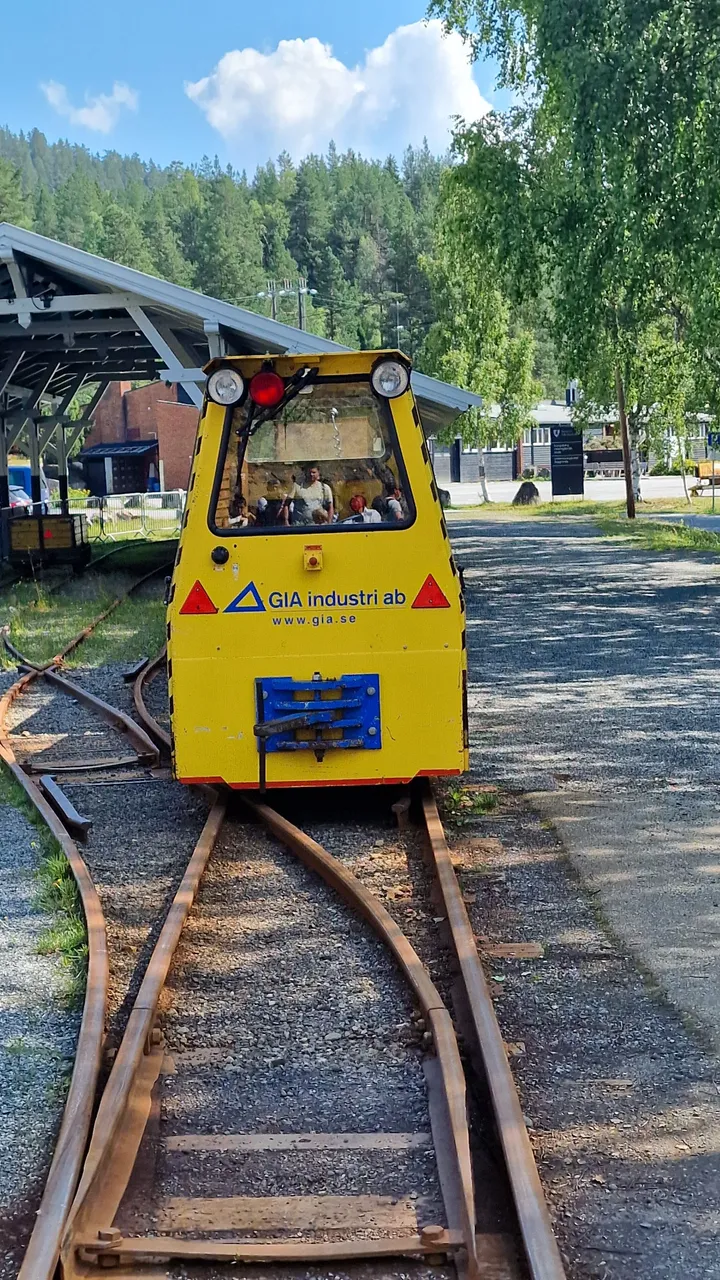

This tiny train will bring us underground inside the tunnels of the silver mine.
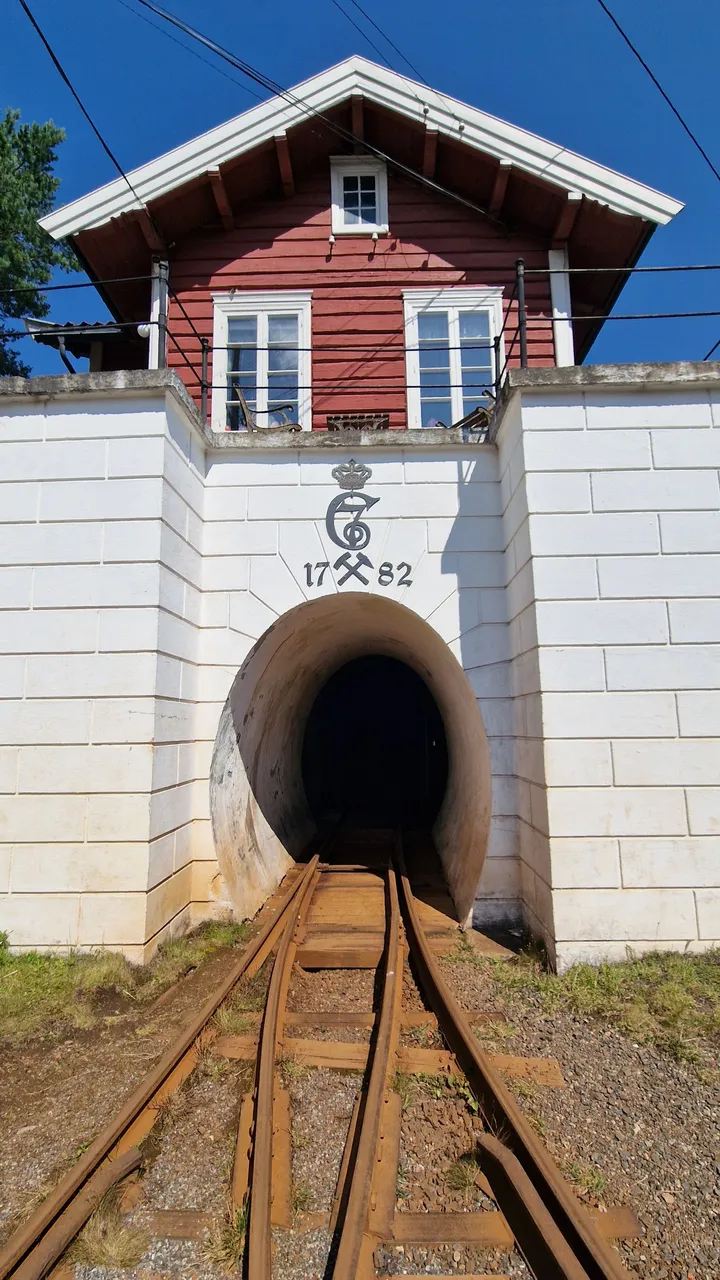
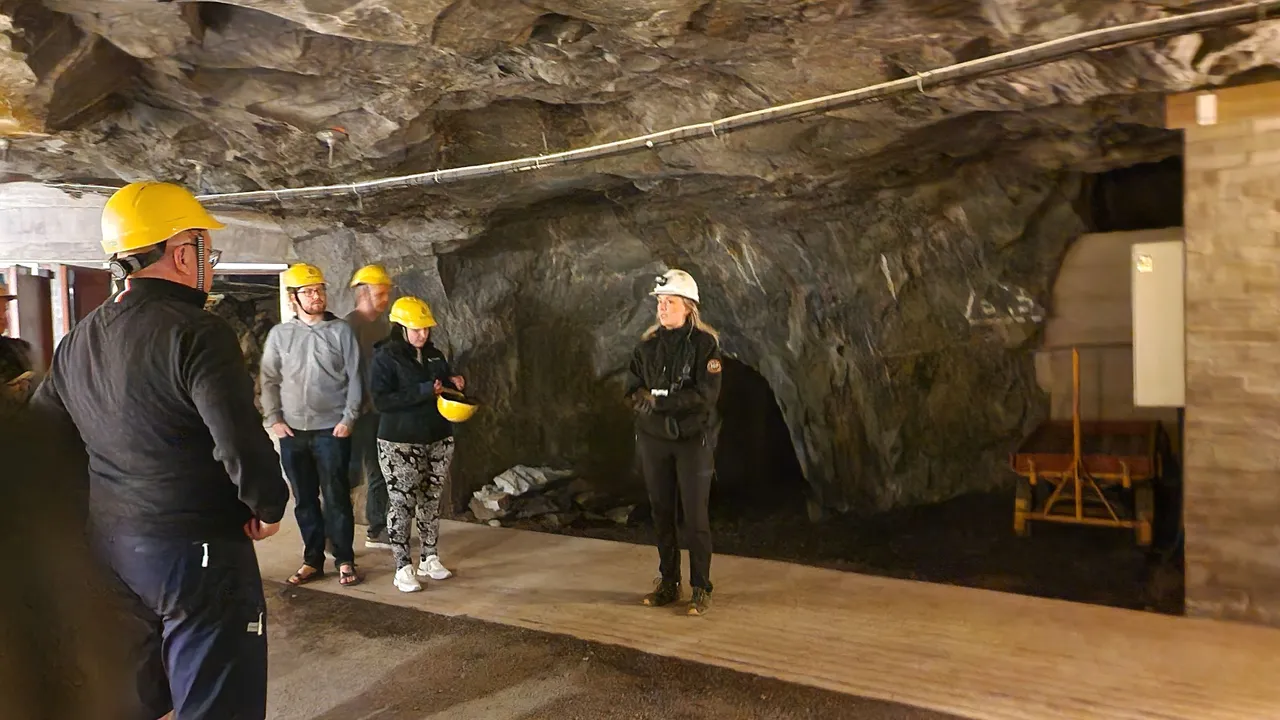


The Kongsberg Silver Mines were in operation for 335 years, from 1623 to 1958. Over this period, the mines were a significant part of Kongsberg's history, even making it Norway's second-largest city for a time. produced approximately 1,350 tonnes of silver.
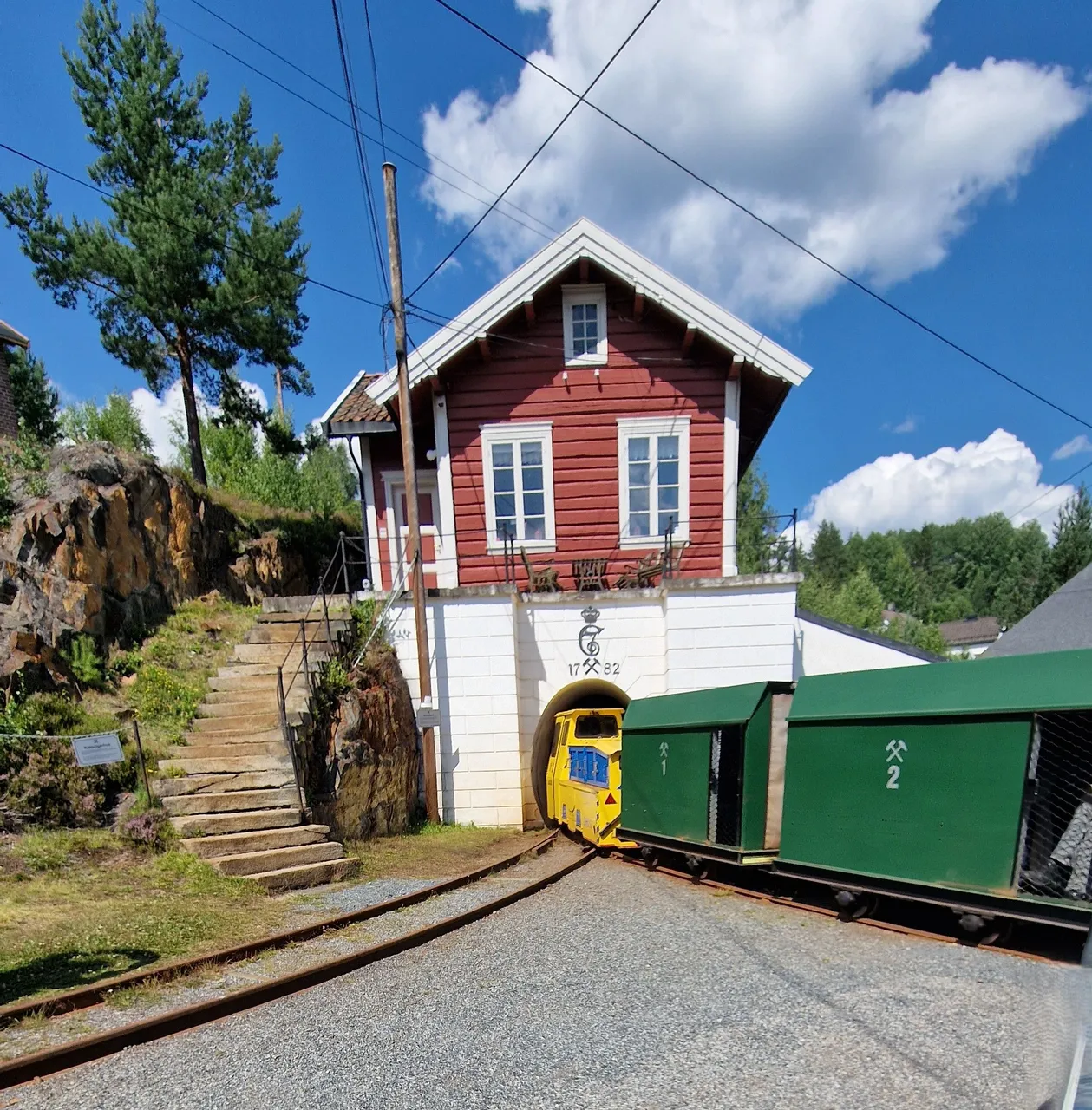
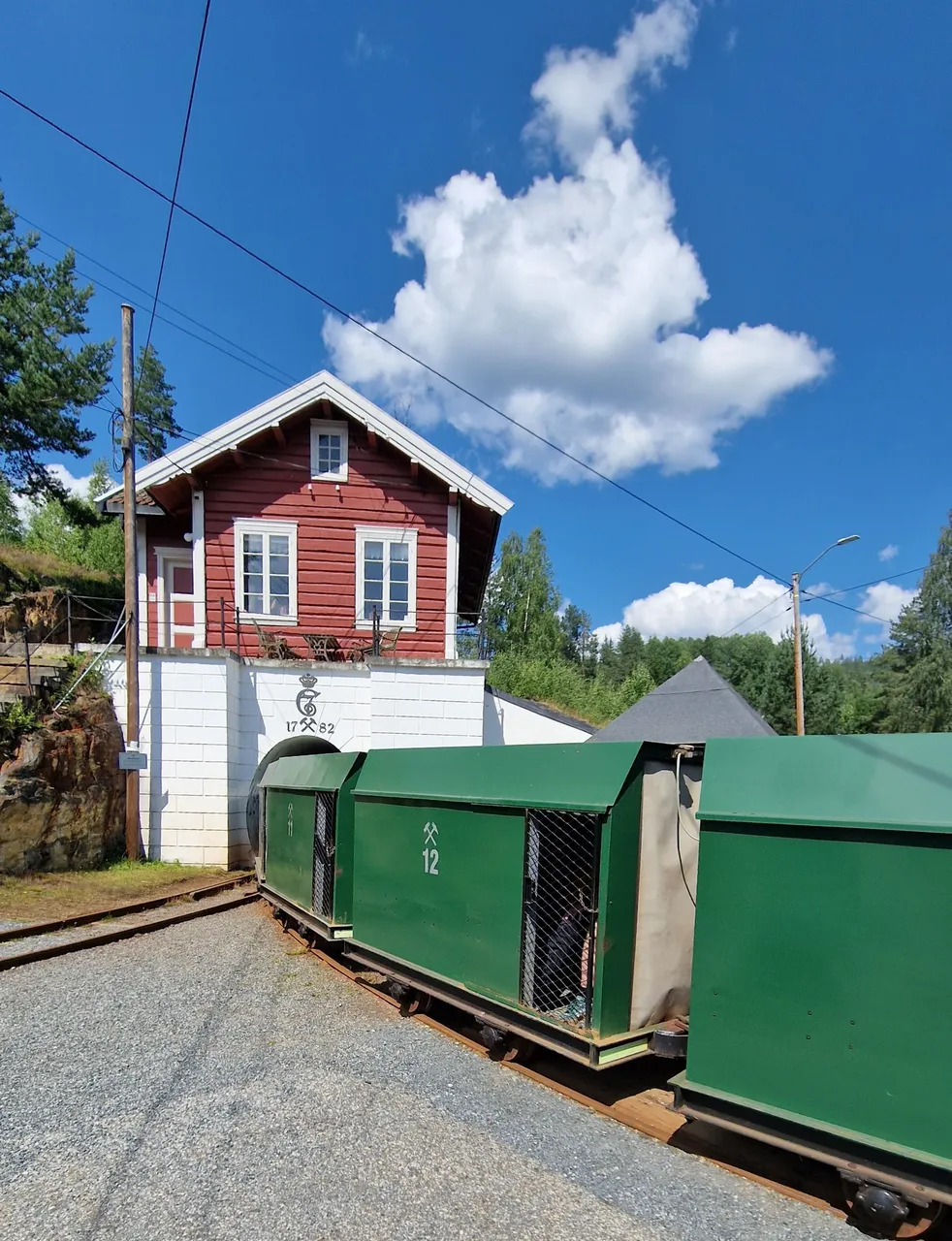
The train ride inside the mine takes just 15 minutes. The train is not particularly comfortable, allowing us to appreciate just how hard conditions those miners had. Each cabin is crowded with 8 people, and the train has 14 cabins. It was hot outside, but once inside the mine the breeze coming from the tunnel was very pleasant and cool.
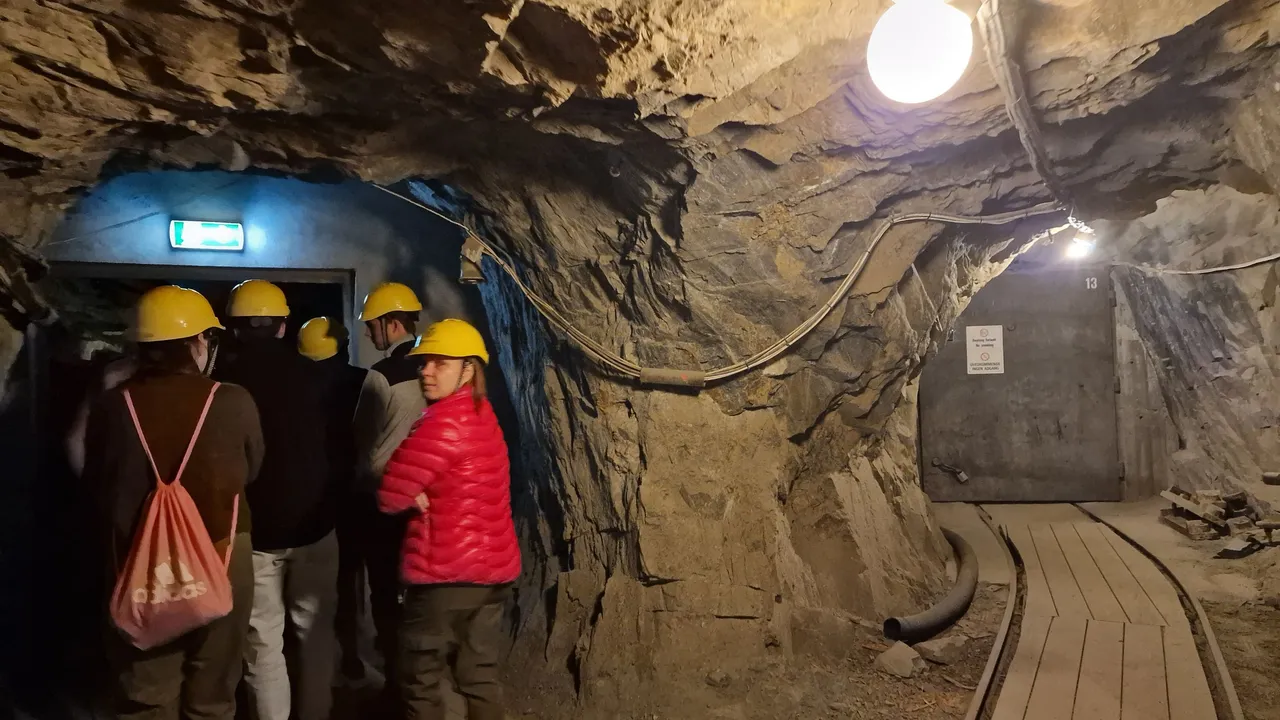
The temperature inside is a chilly 6°C, even in summer. All people are wearing warm jackets. Imagine when those workers were working during the Norwegian heavy winter, what their situation was.
The mine train carries us 2,300 meters into the mountain, descending 342 meters below the surface. The entire tour lasts approximately an hour and a half, and this primitive train was how the workers used to travel to and from their underground jobs.

After exiting the mine train, we were divided into two groups: Norwegian-speaking and English speaking. We continued the guided tour on foot, which lasted about 60 minutes. My husband was chosen to always be the last person in the group to ensure that nobody got left behind. that was very lucky because it gave me a great opportunity to take the time needed to take photos without all the yellow helmets of the visitors filling the photos.
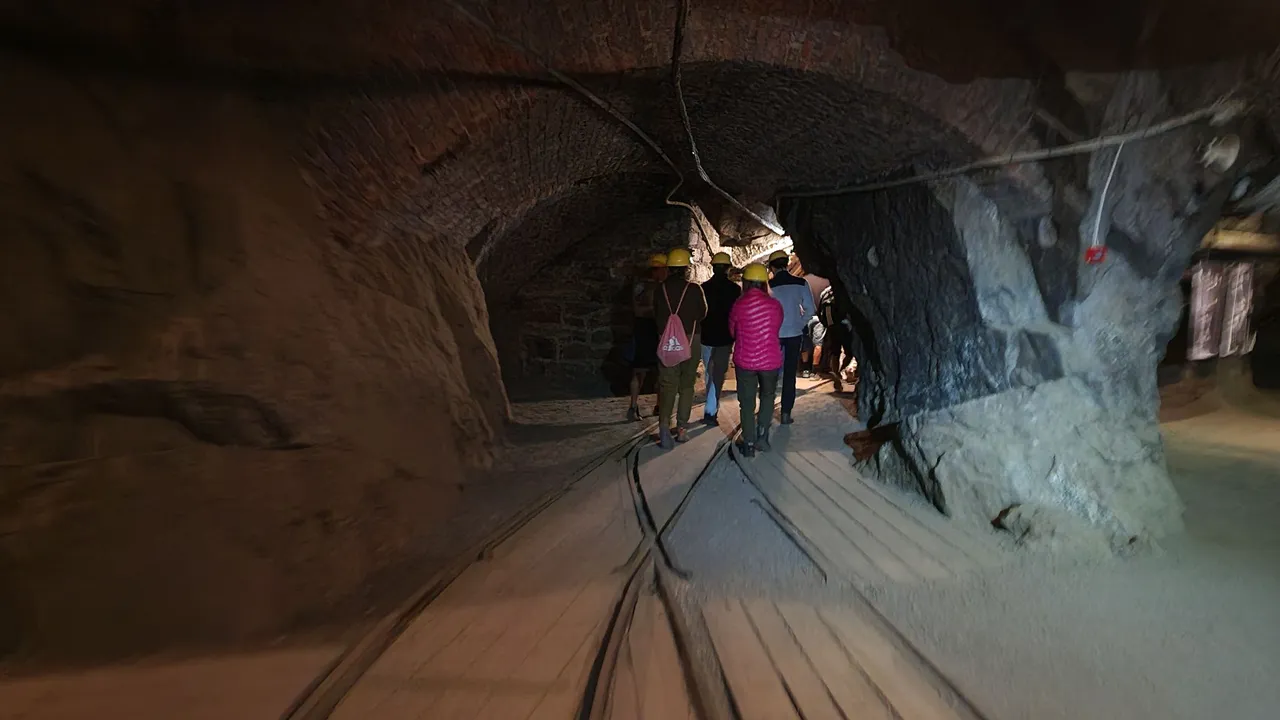
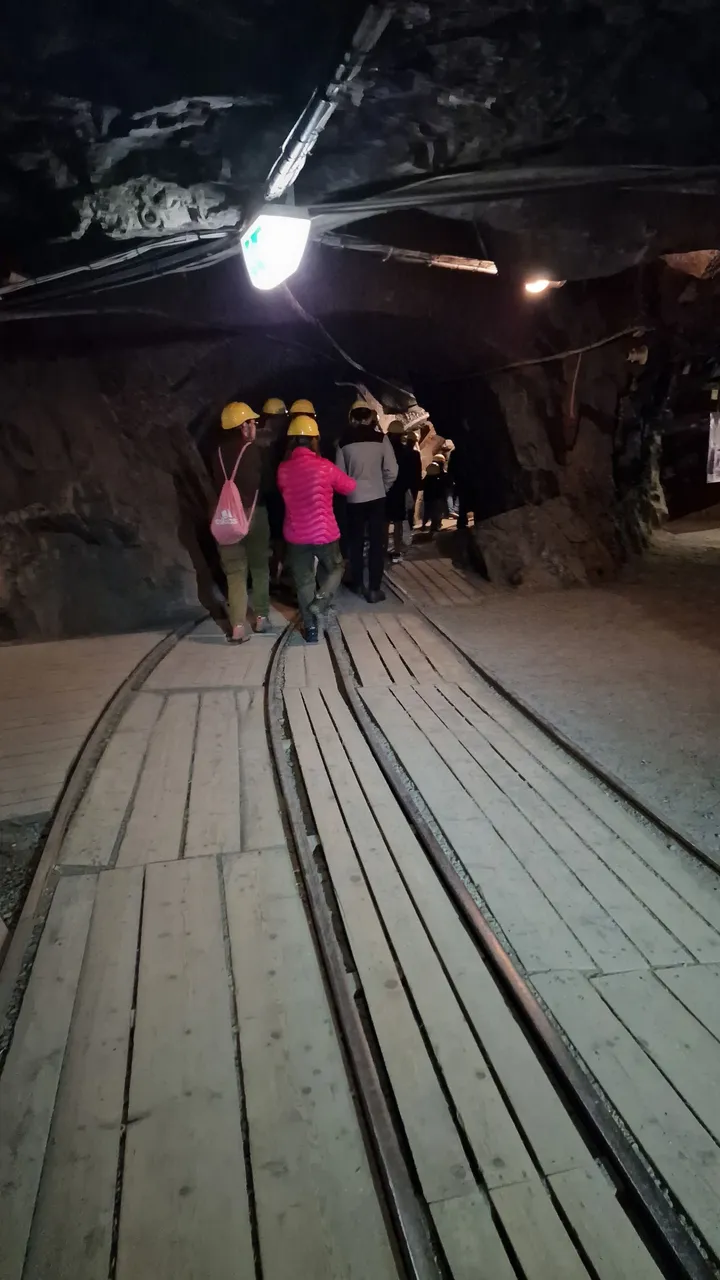
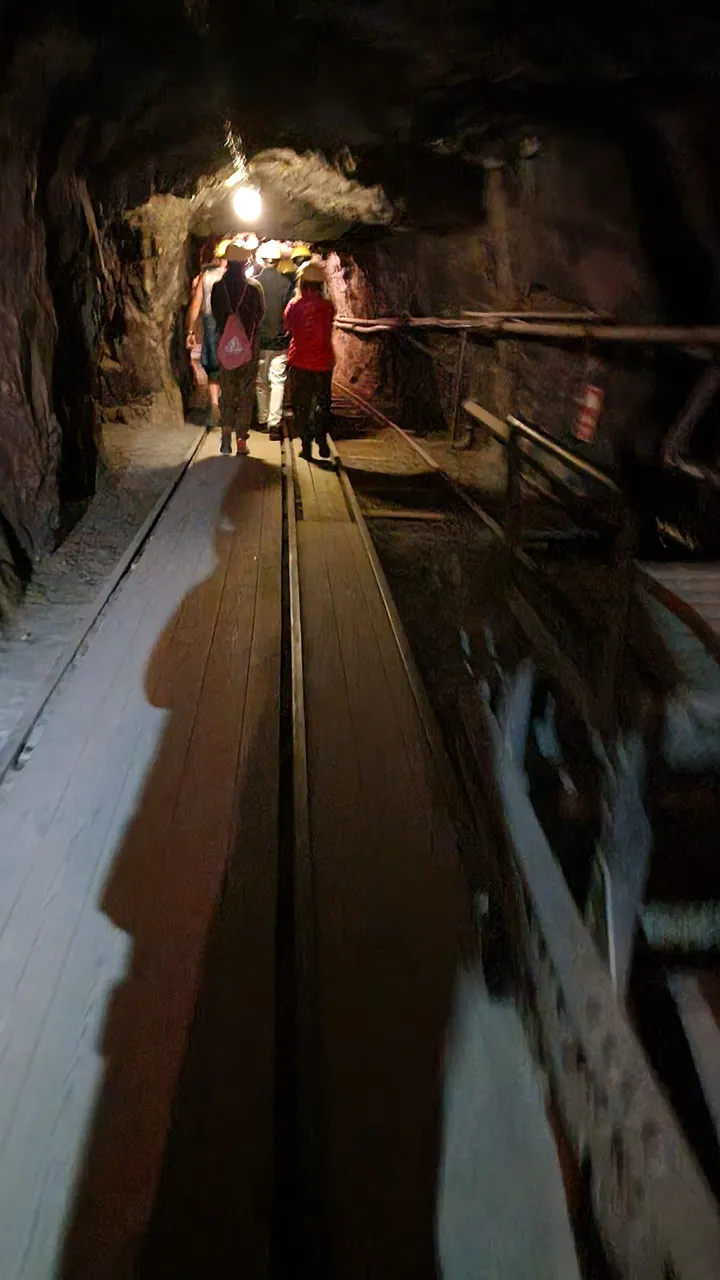
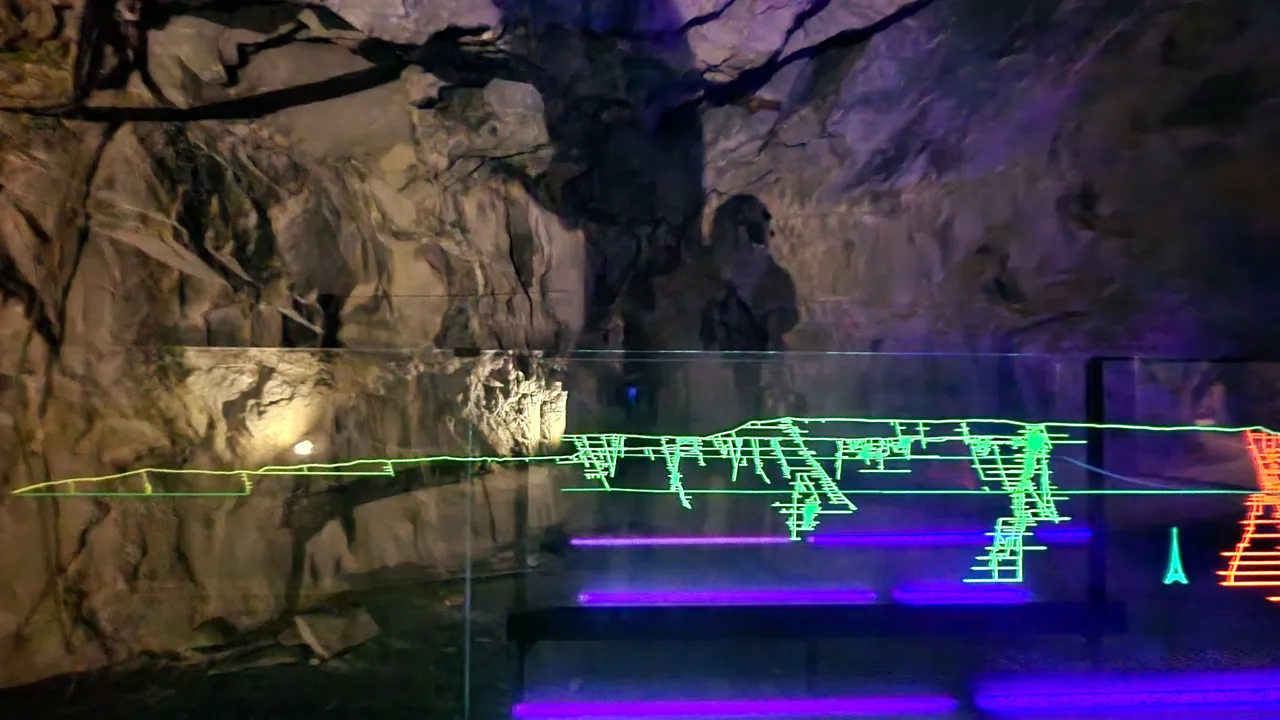
began with the map, introduction, where we will walk, and what important points we will going to see.
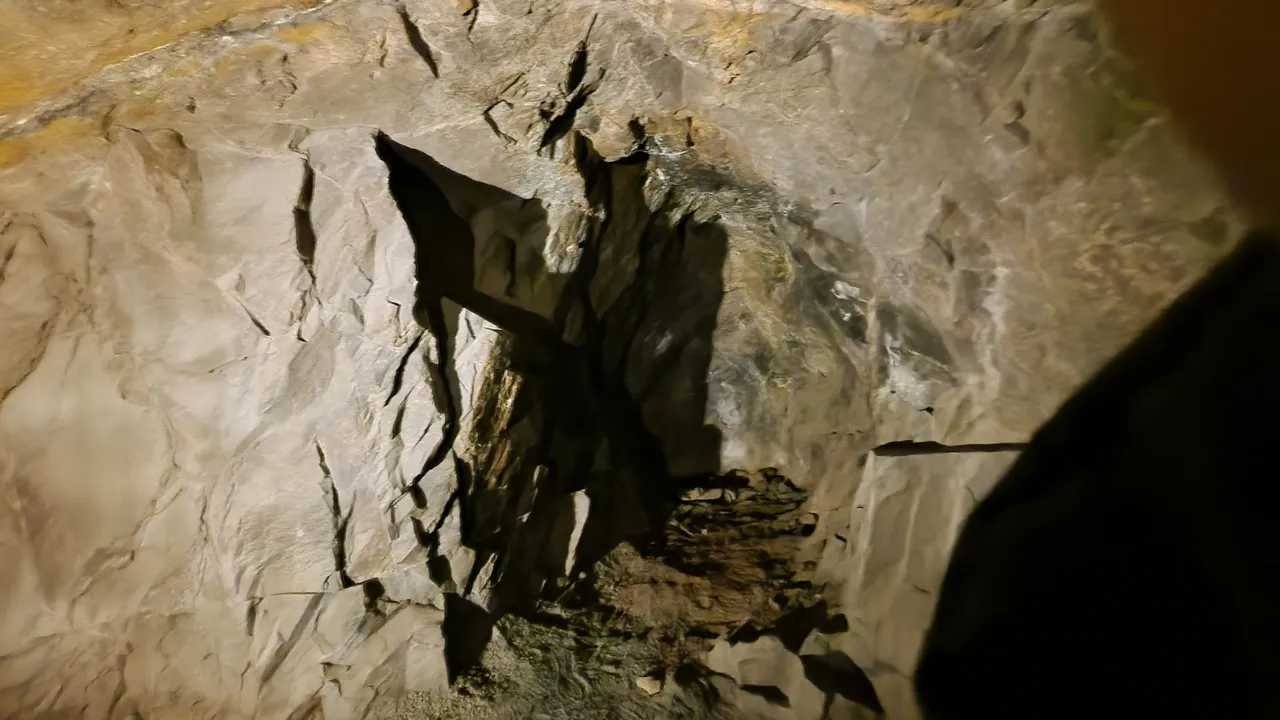

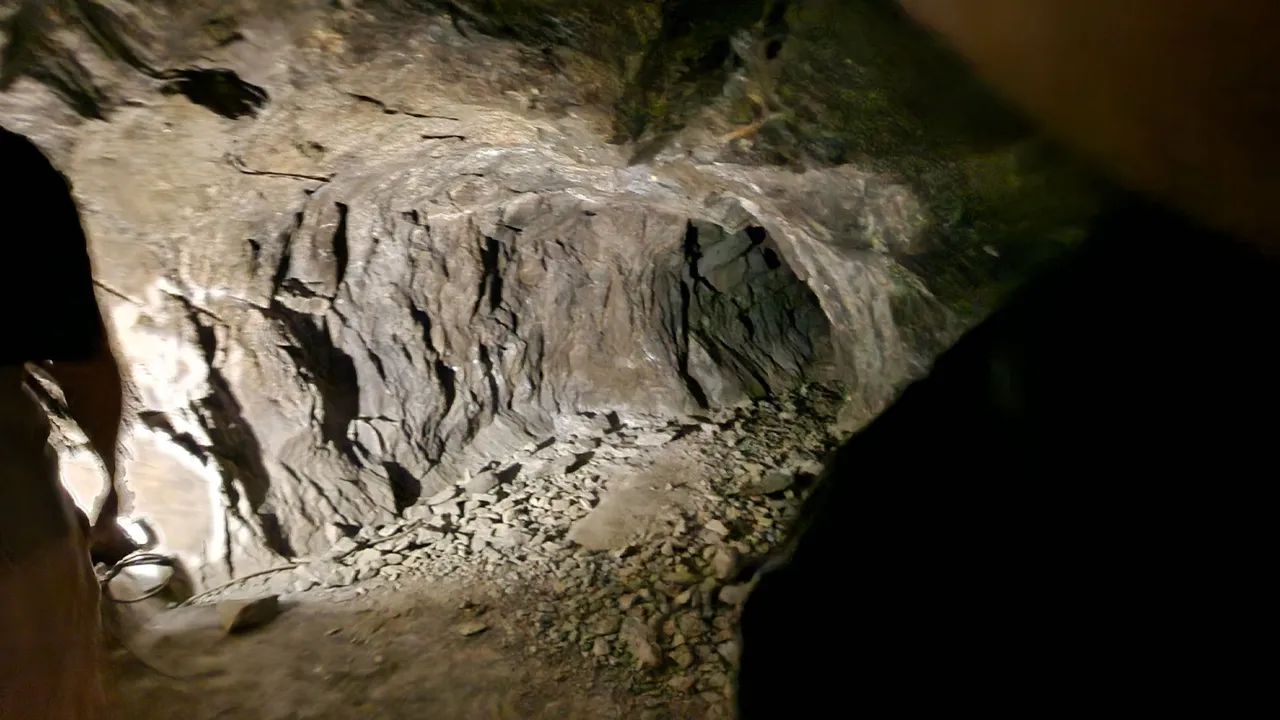
The route of the tour stretches over 800 meters and includes climbing stairs equivalent to five floors.


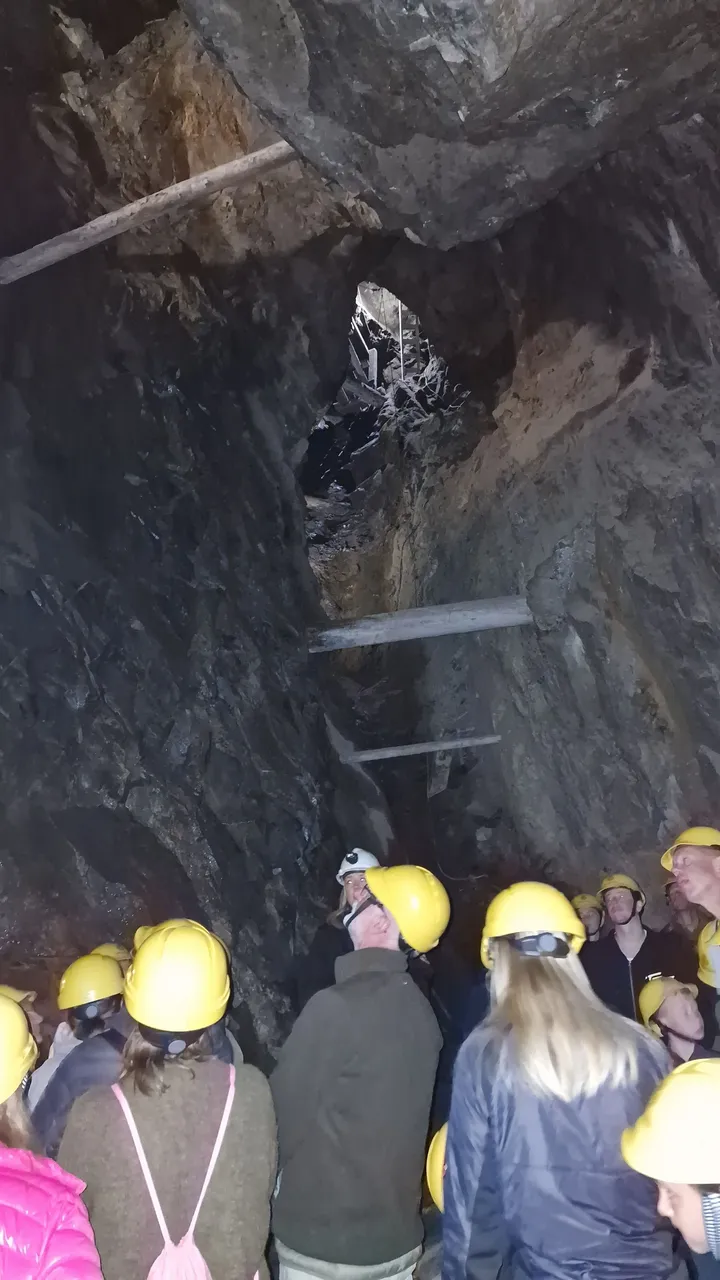
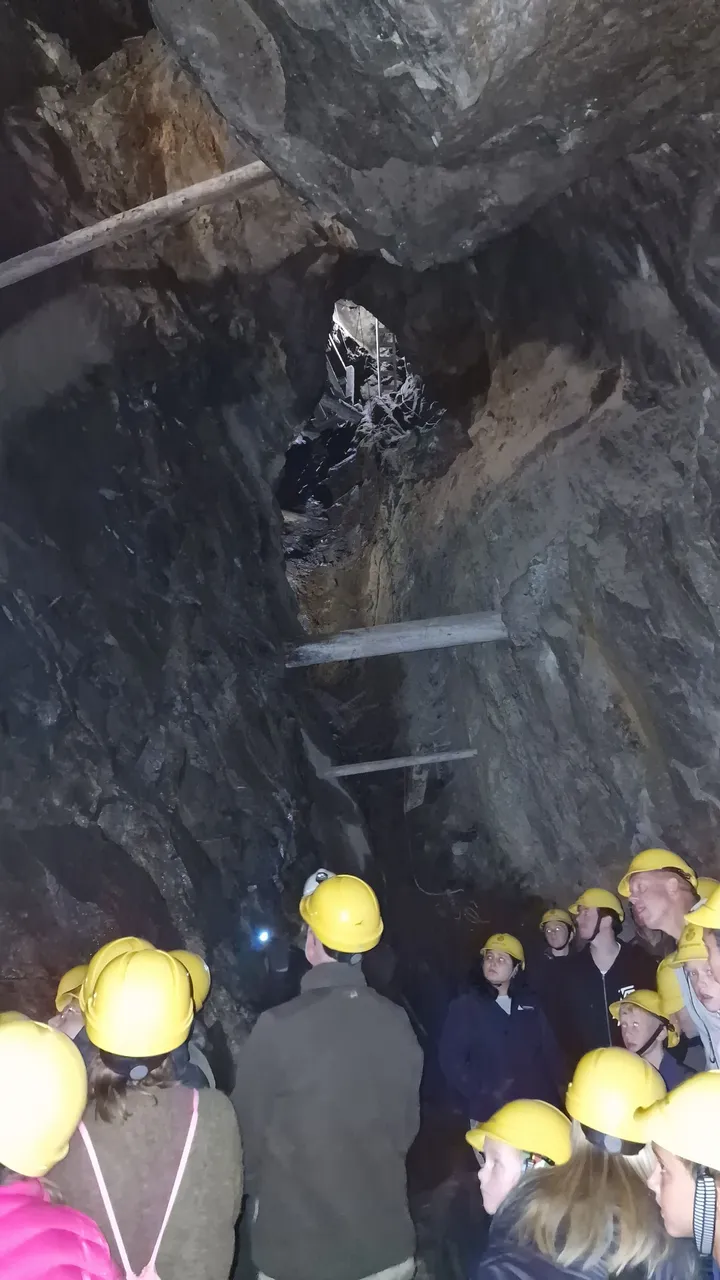
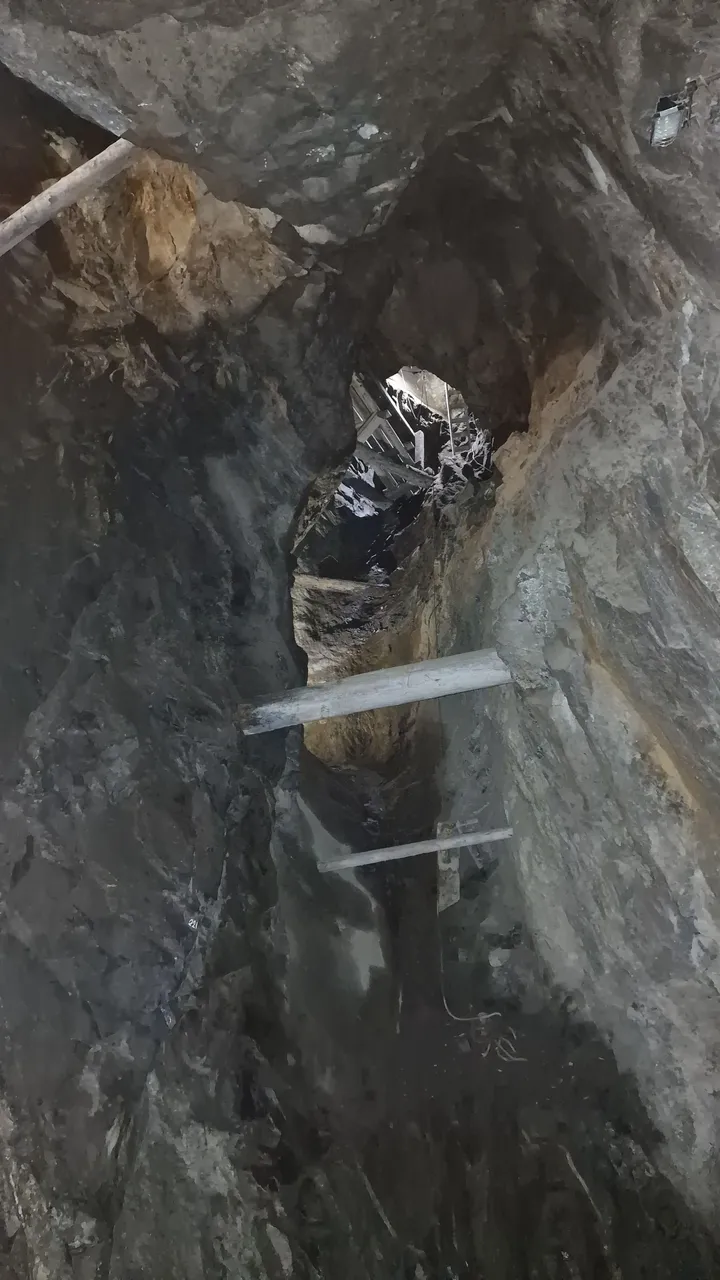
It was very difficult work to break rocks and extract the precious metal without any technical support. The workers only used hammers and chisels to break tons of rocks to find small amounts of silver. Sometimes, the silver blended in with the rock, the size of small grains of rice. They would carry these pieces of rock outside and break them further to gather the silver. the largest find by far was a single block weighing 500 kilograms, it was too heavy to carry along a narrow path, so they broke it into smaller, more manageable pieces.


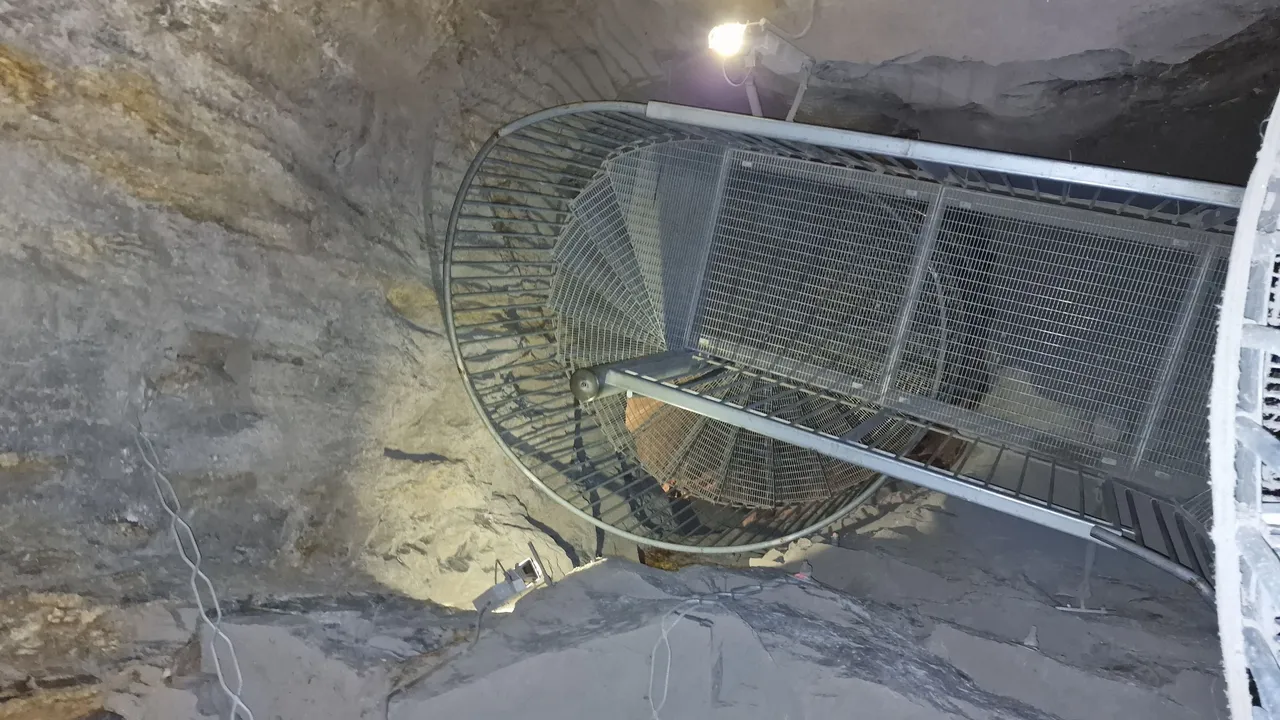
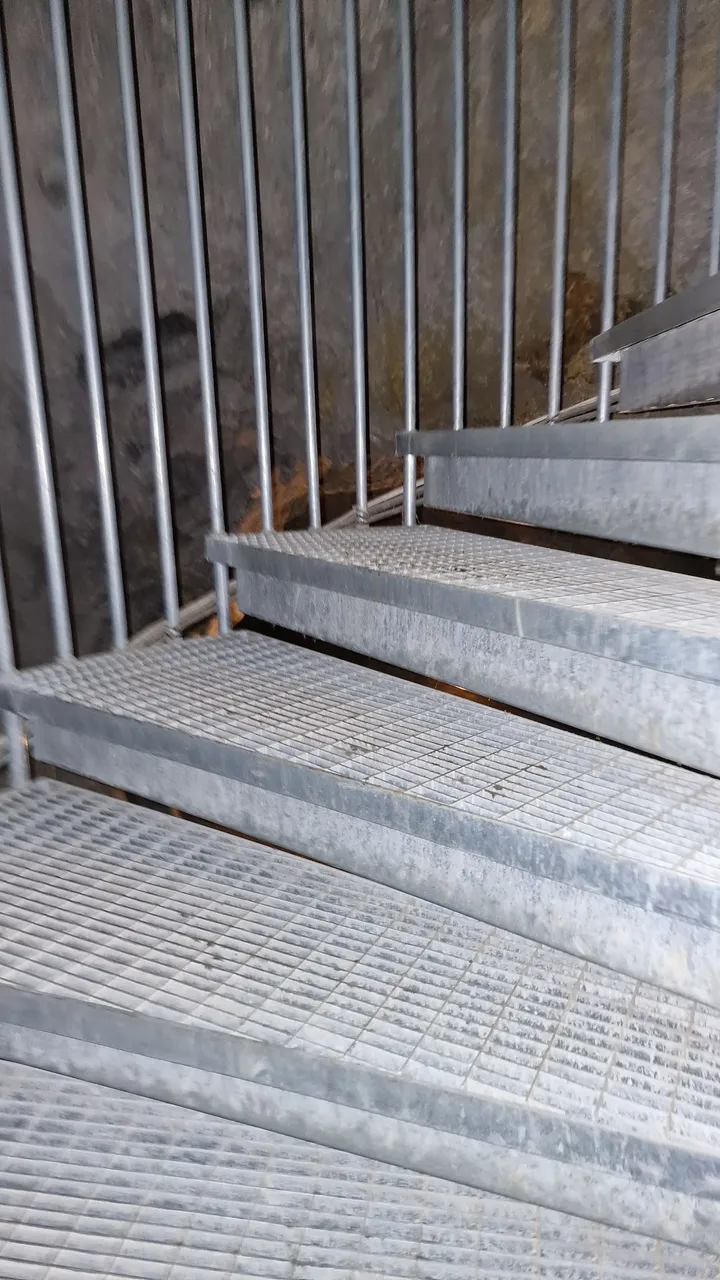
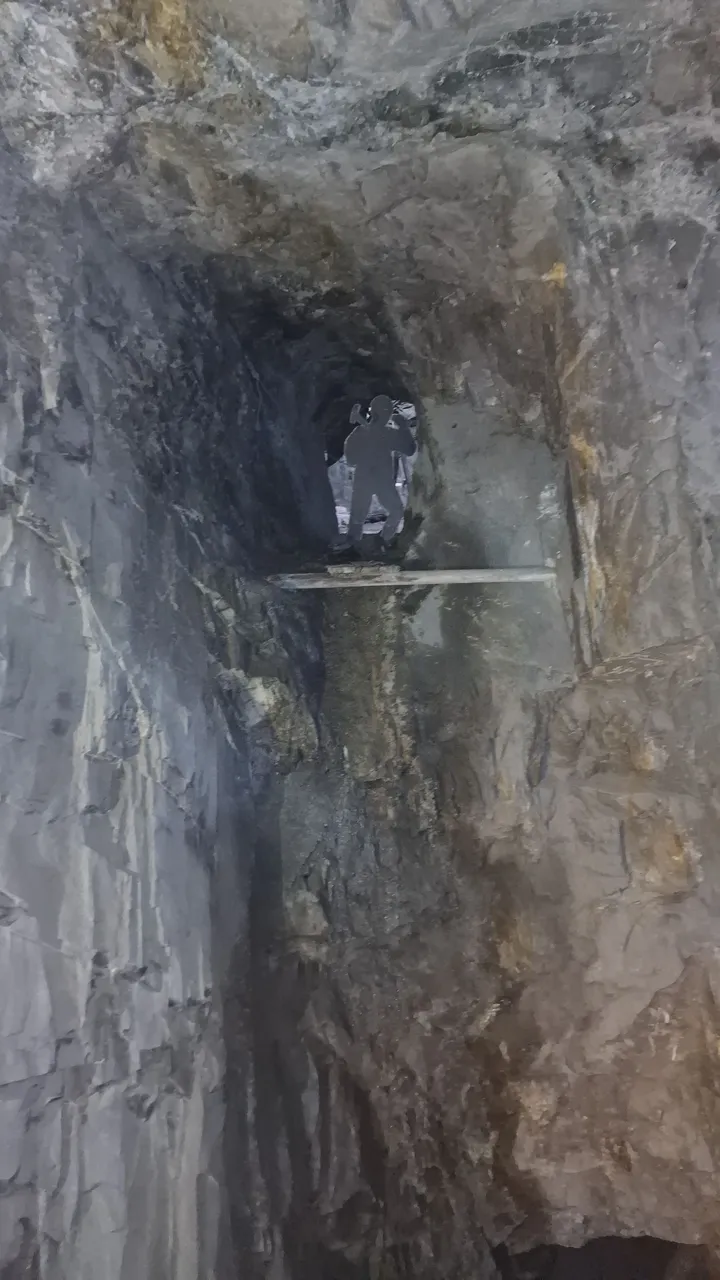
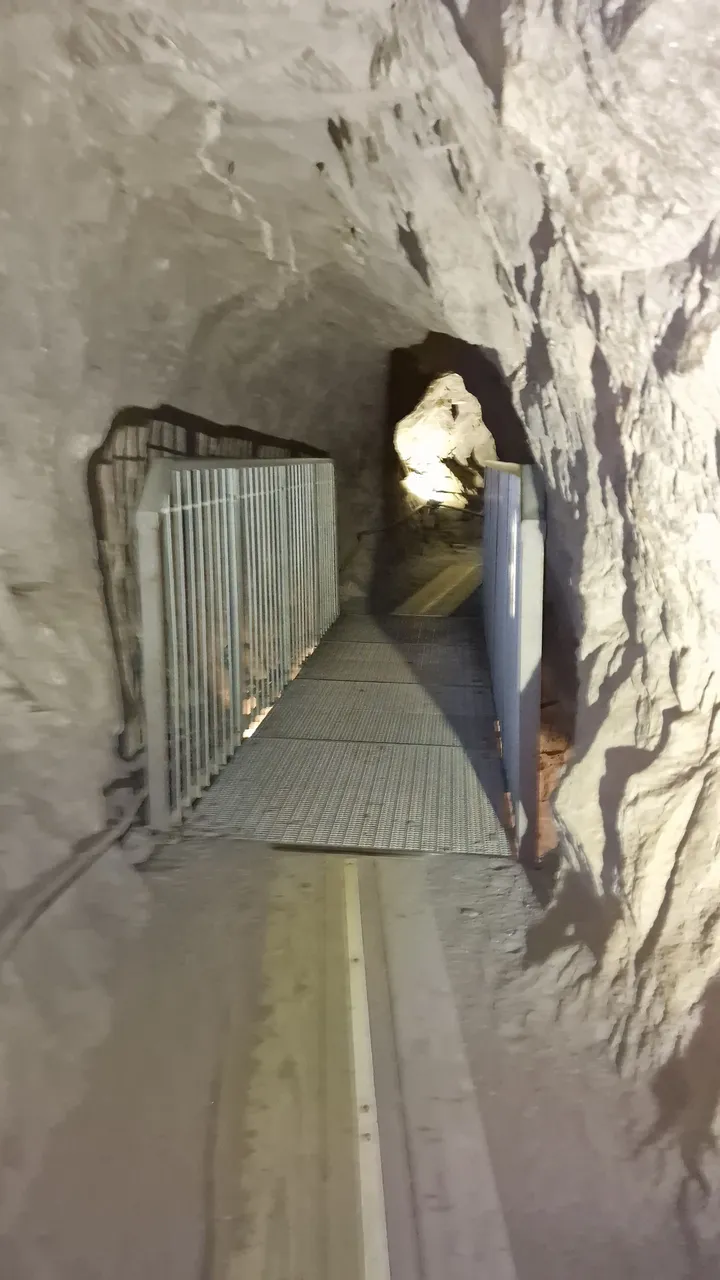
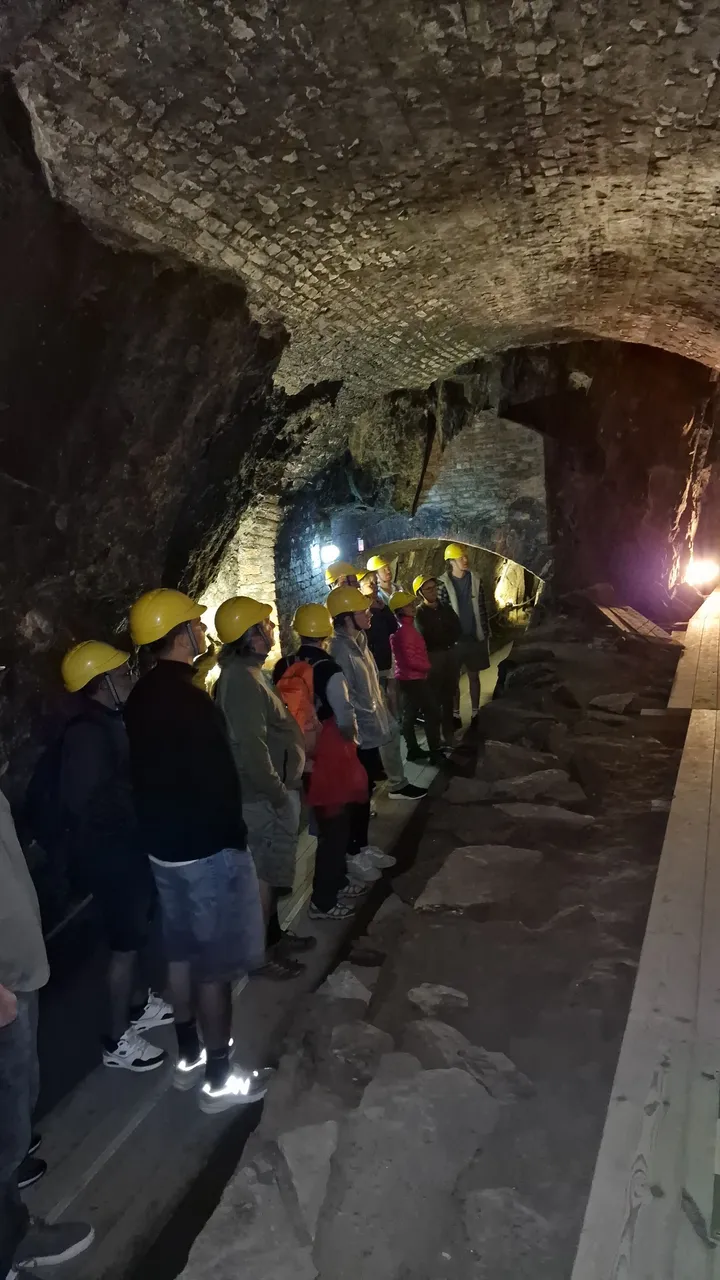
In some areas, they built up a false ceiling using bricks because they had adapted a way of cracking the rock with fire and the smoke was channeled above the false ceiling allowing the miners to breathe far less smoke.
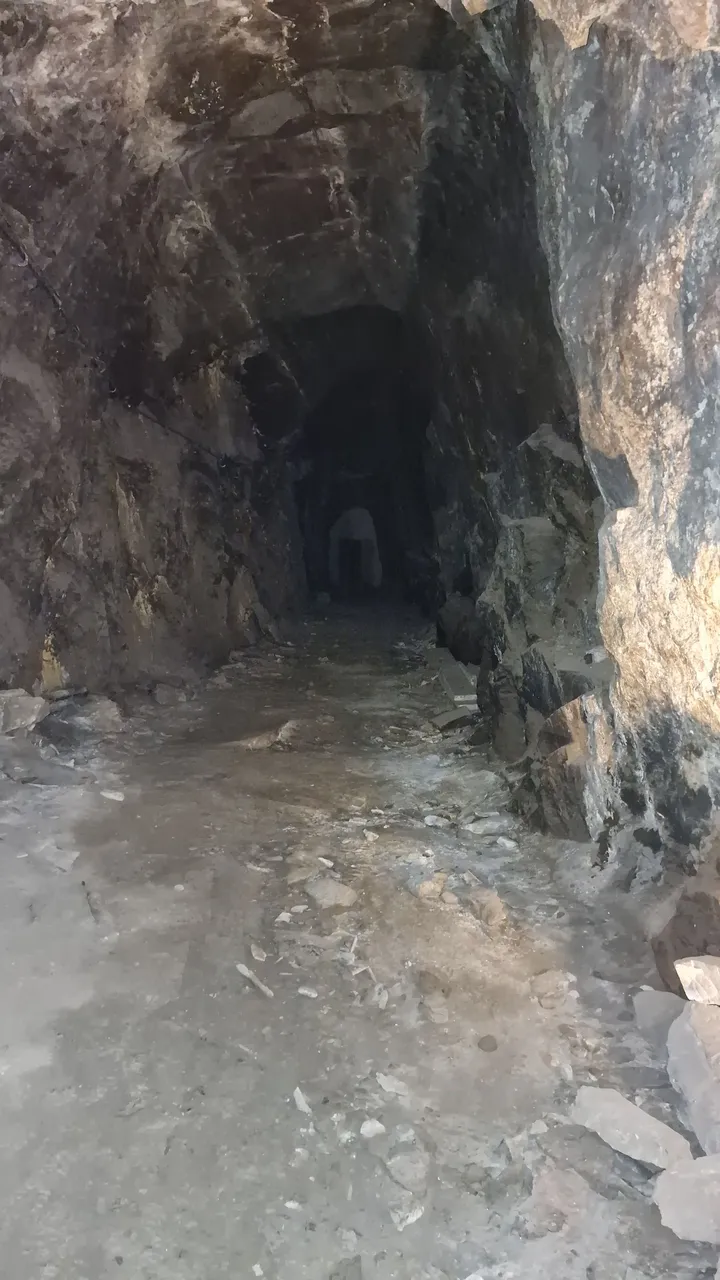

we kept walking downhill.
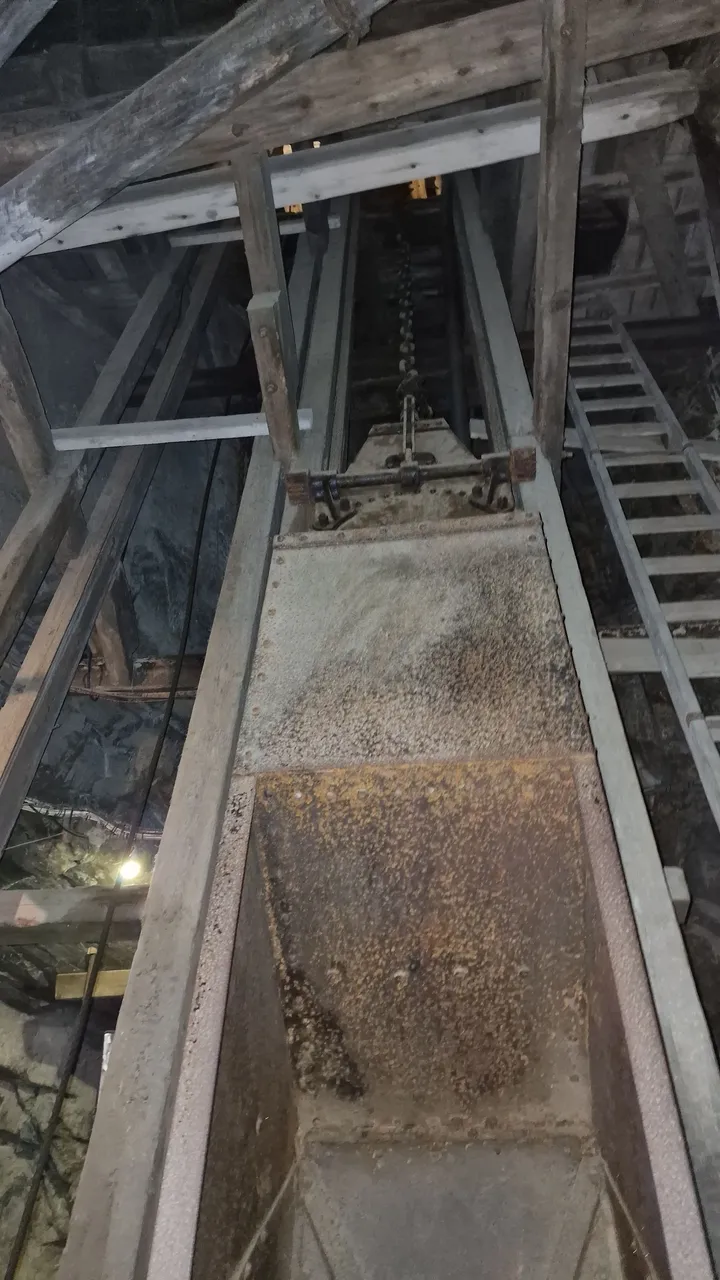
<img src="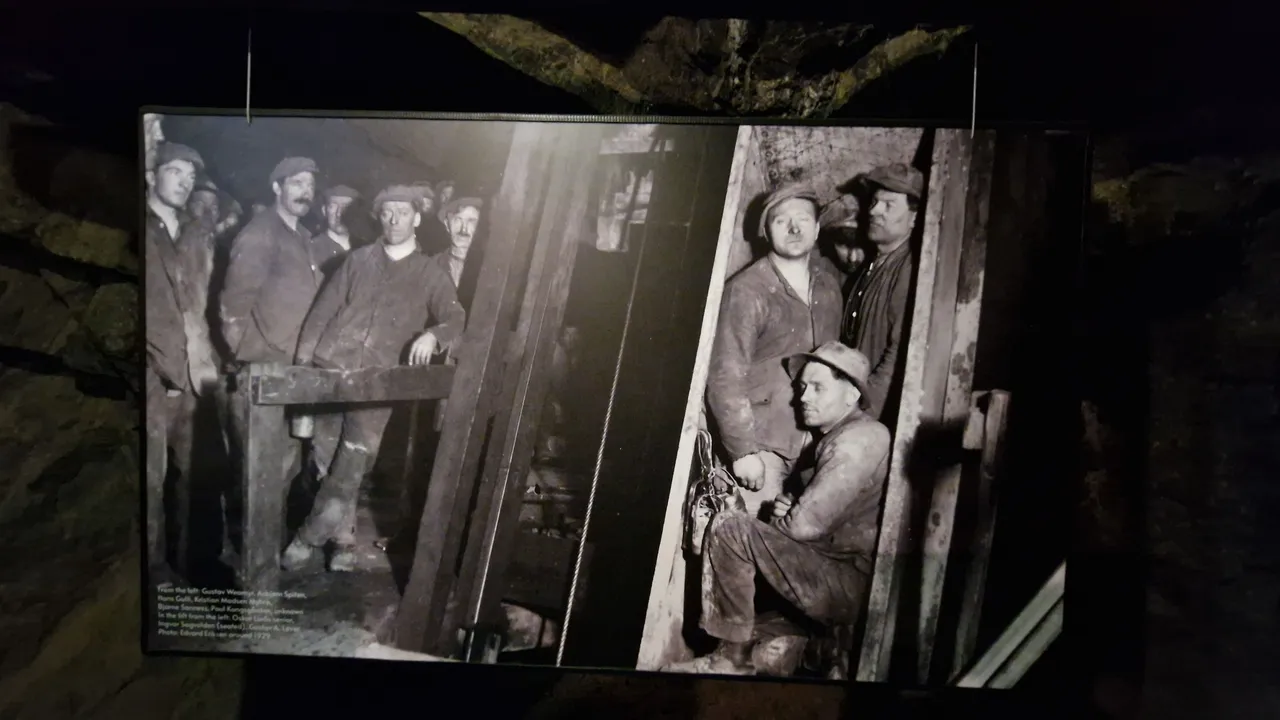 " alt="$1"
" alt="$1"
The lift for workers around 1300 meters high. In those days, workers used this lift to go up and down carrying stones in buckets up to levels where they could be transported out.
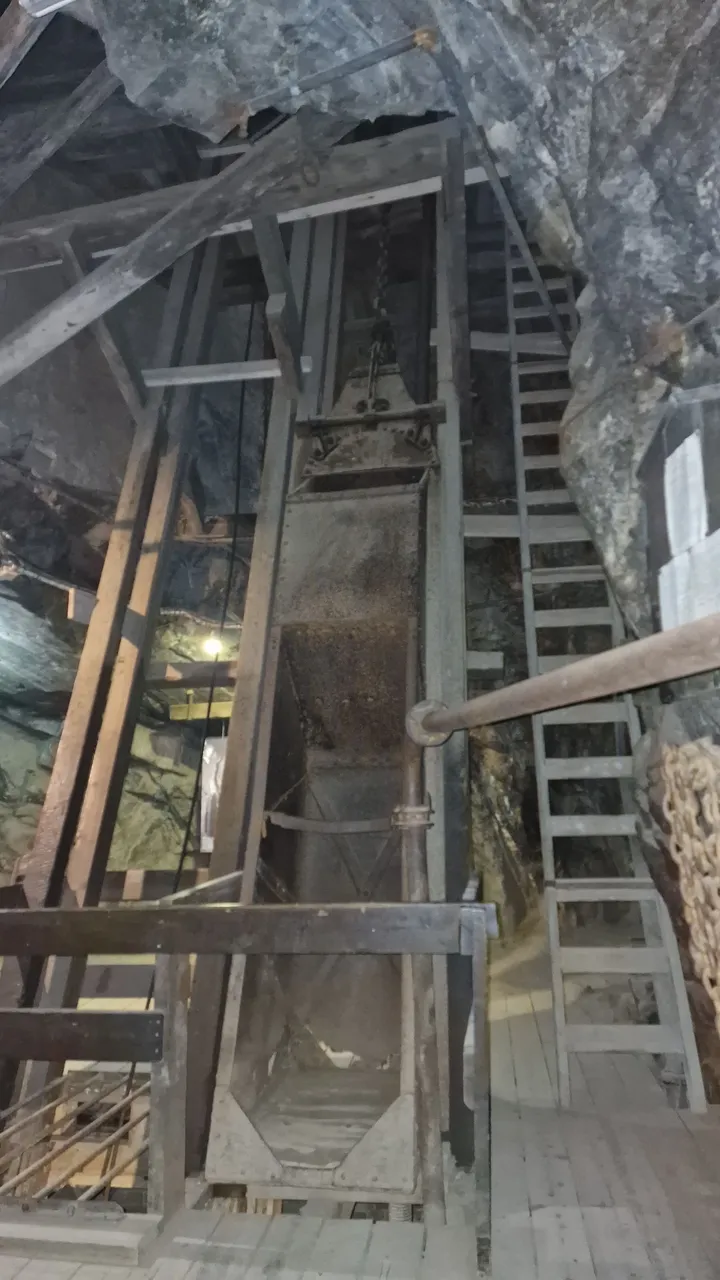
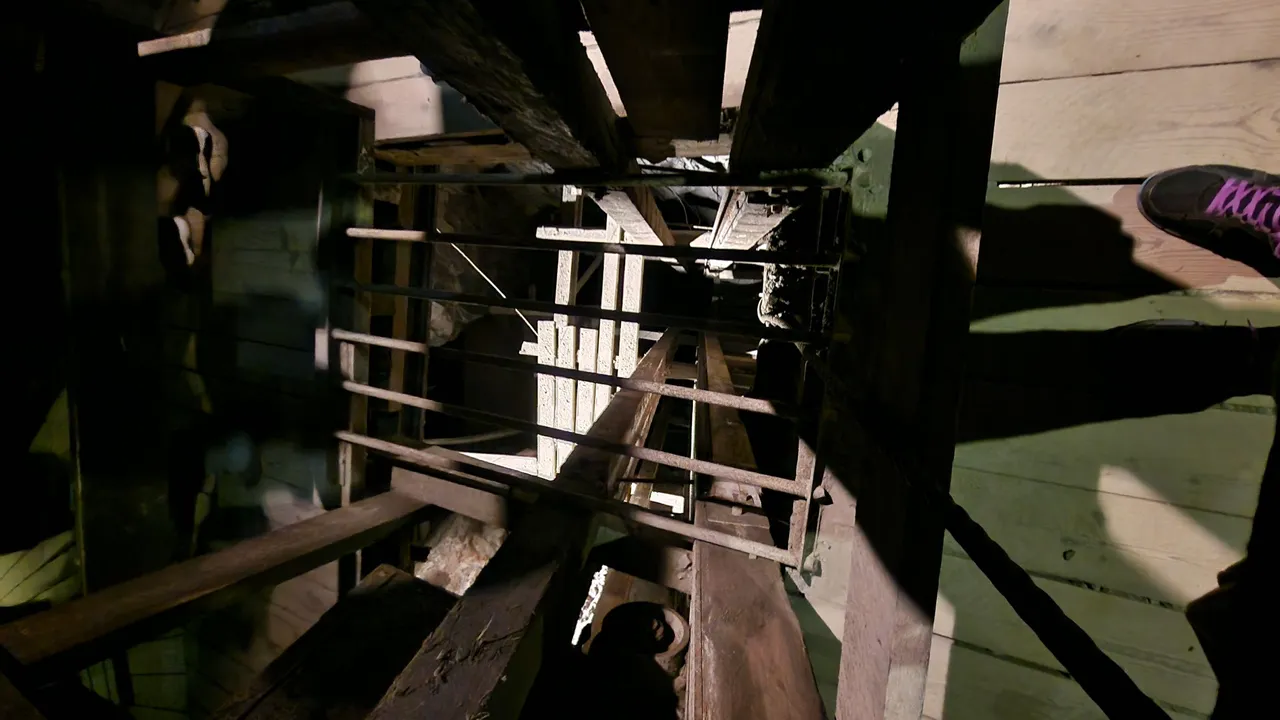
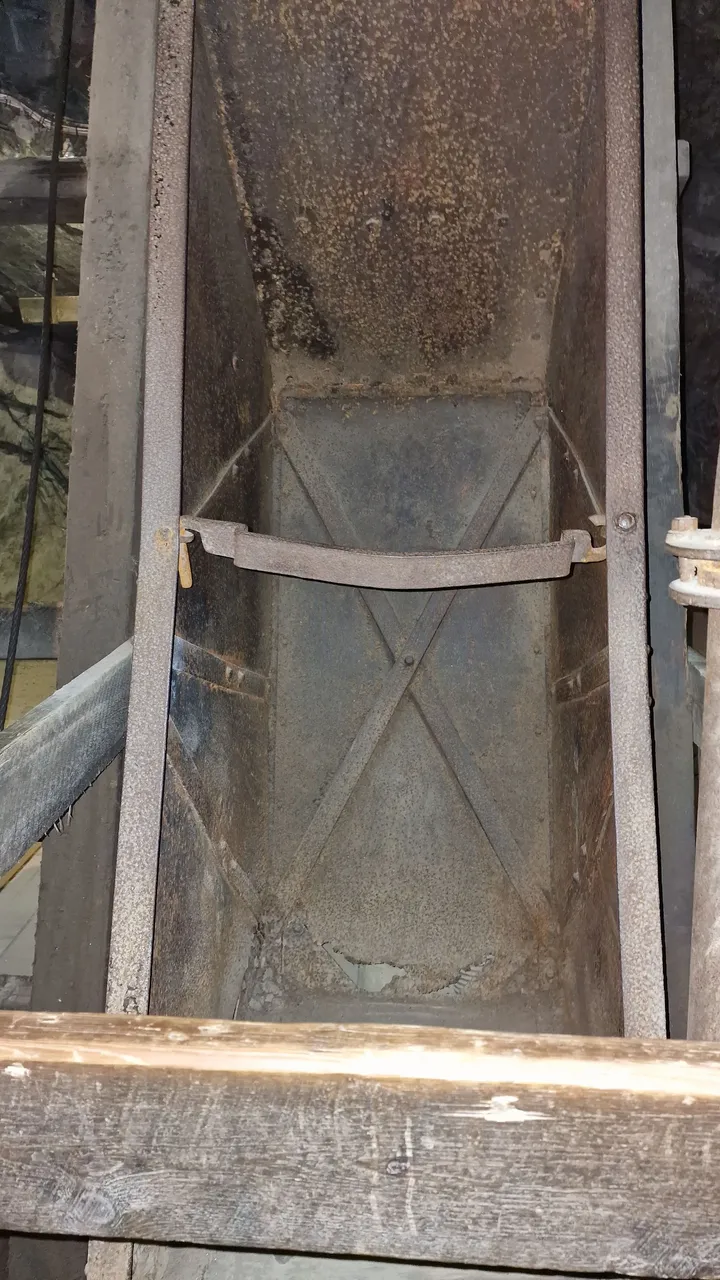

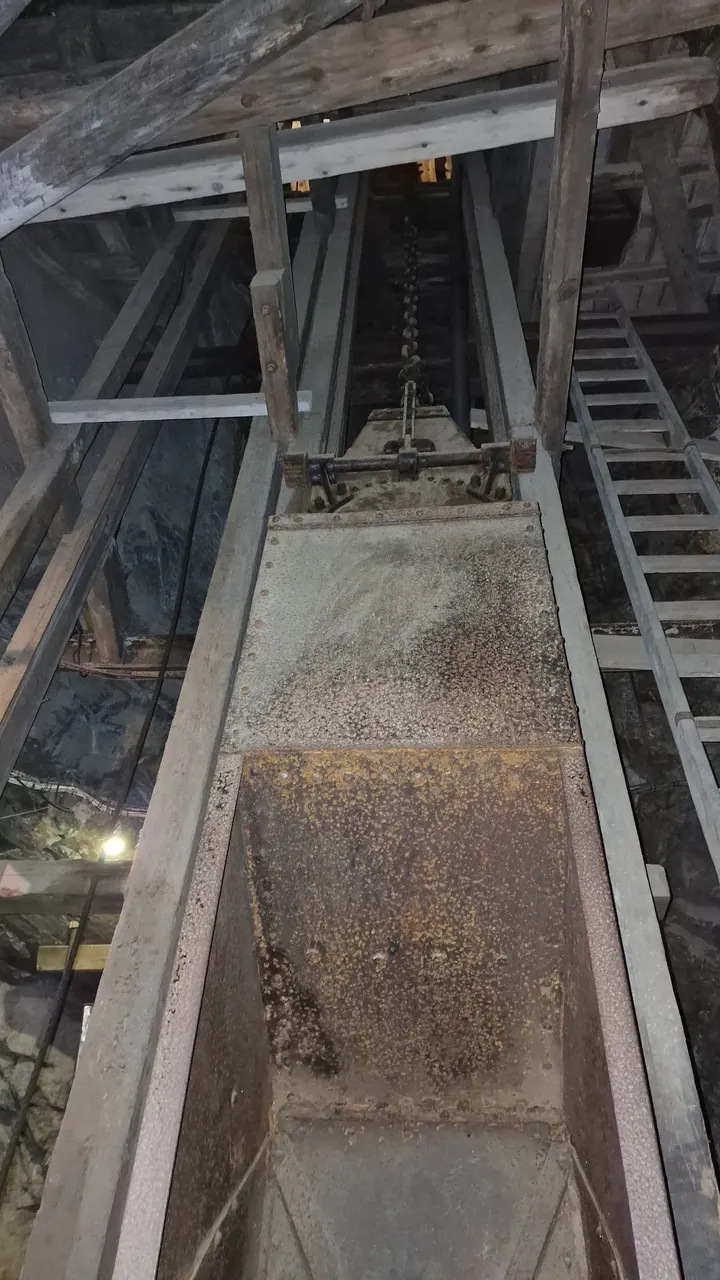

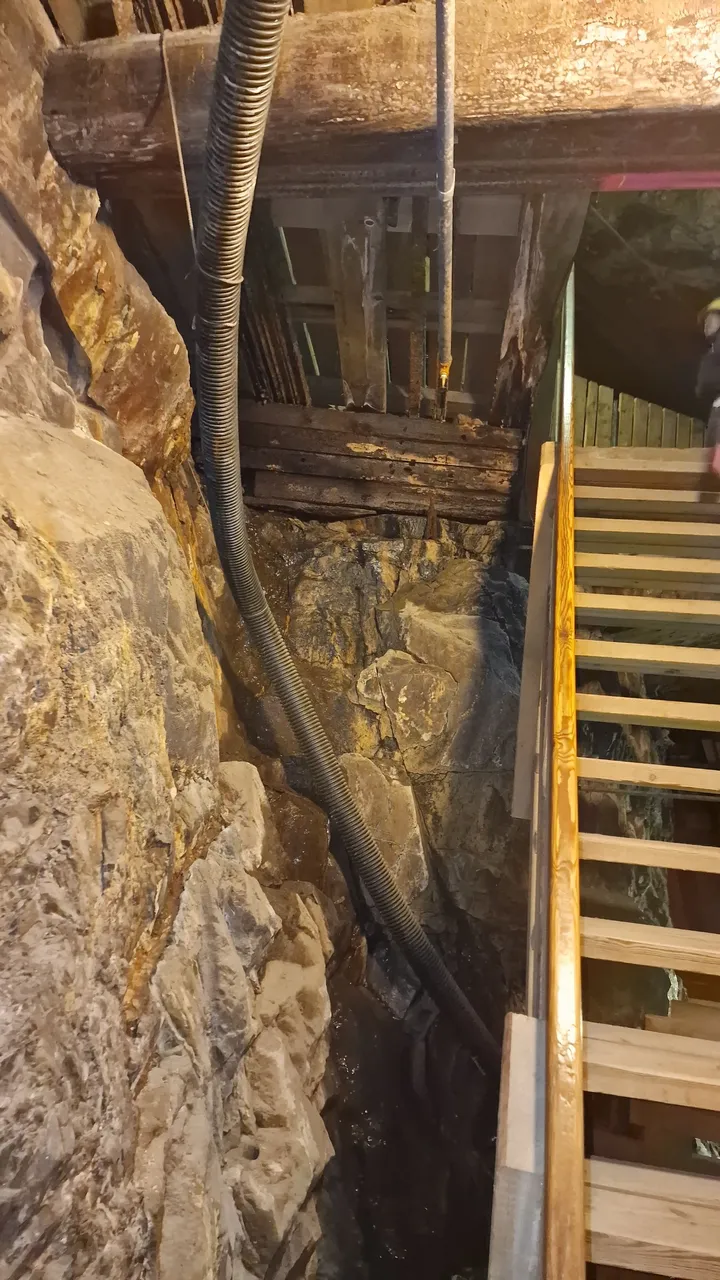
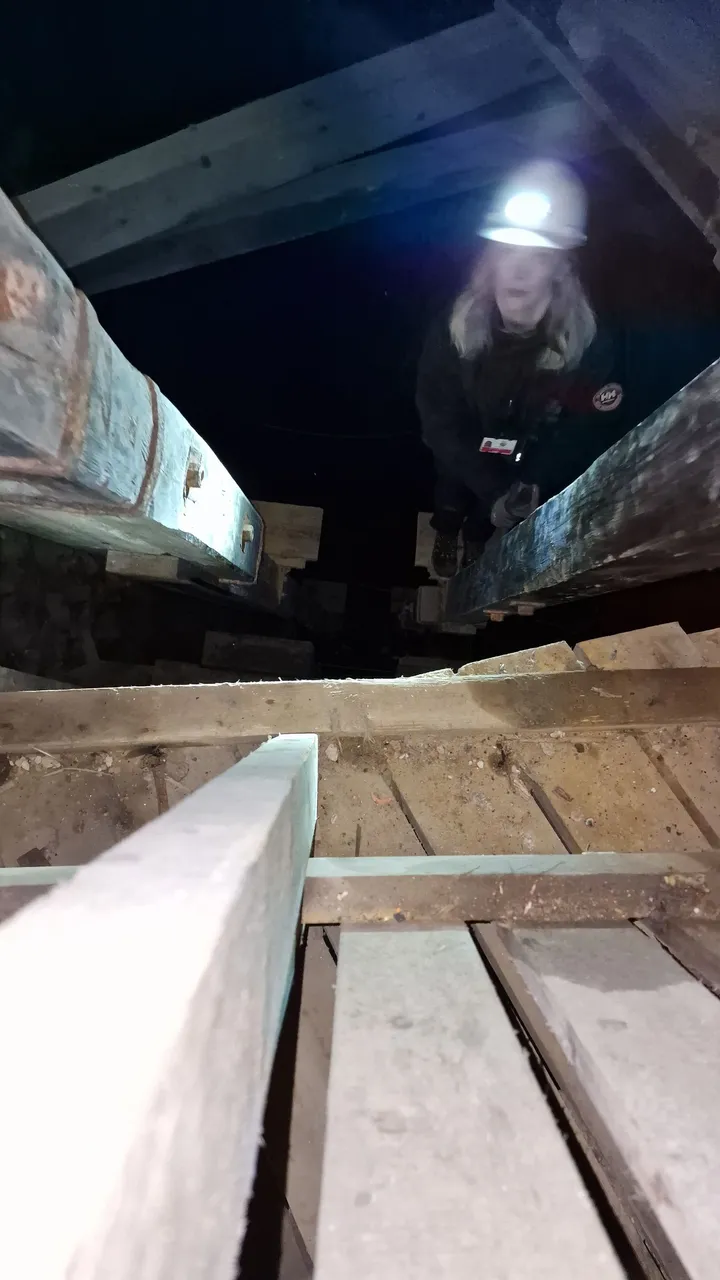
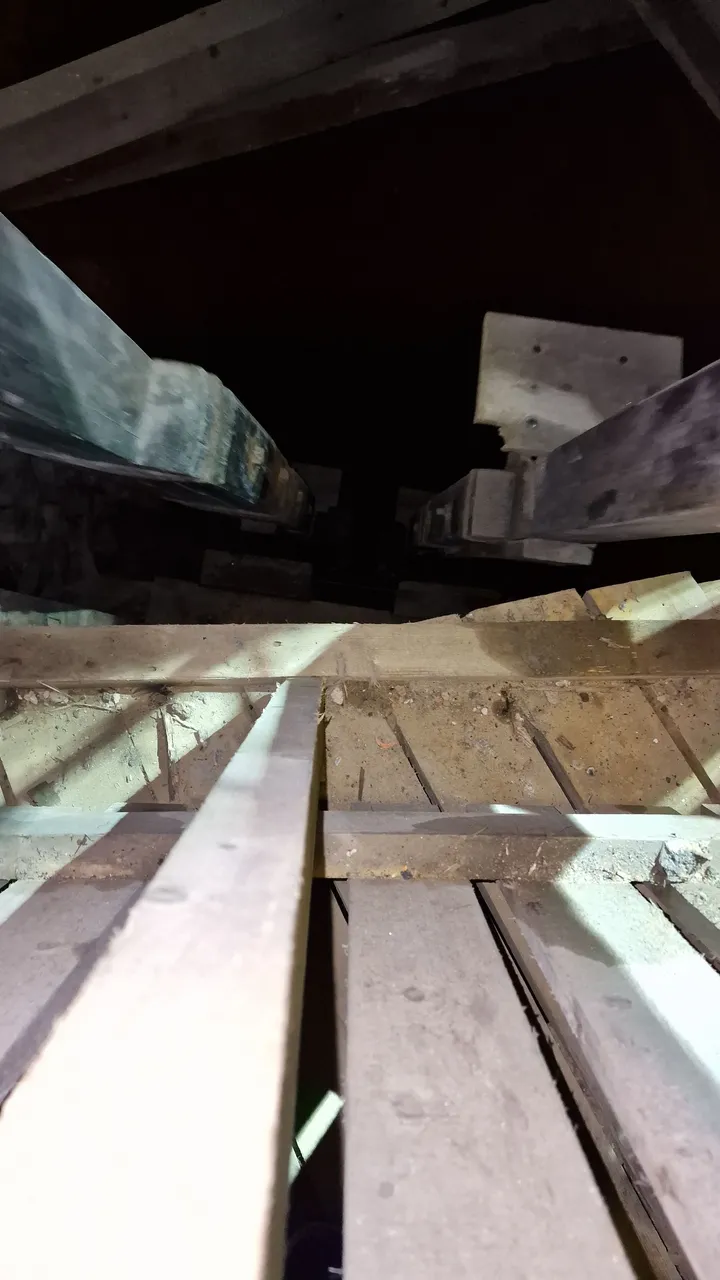
Another lift was connected to the system to carry rocks all the way from the bottom of the hill and transport them to the outside workshop.
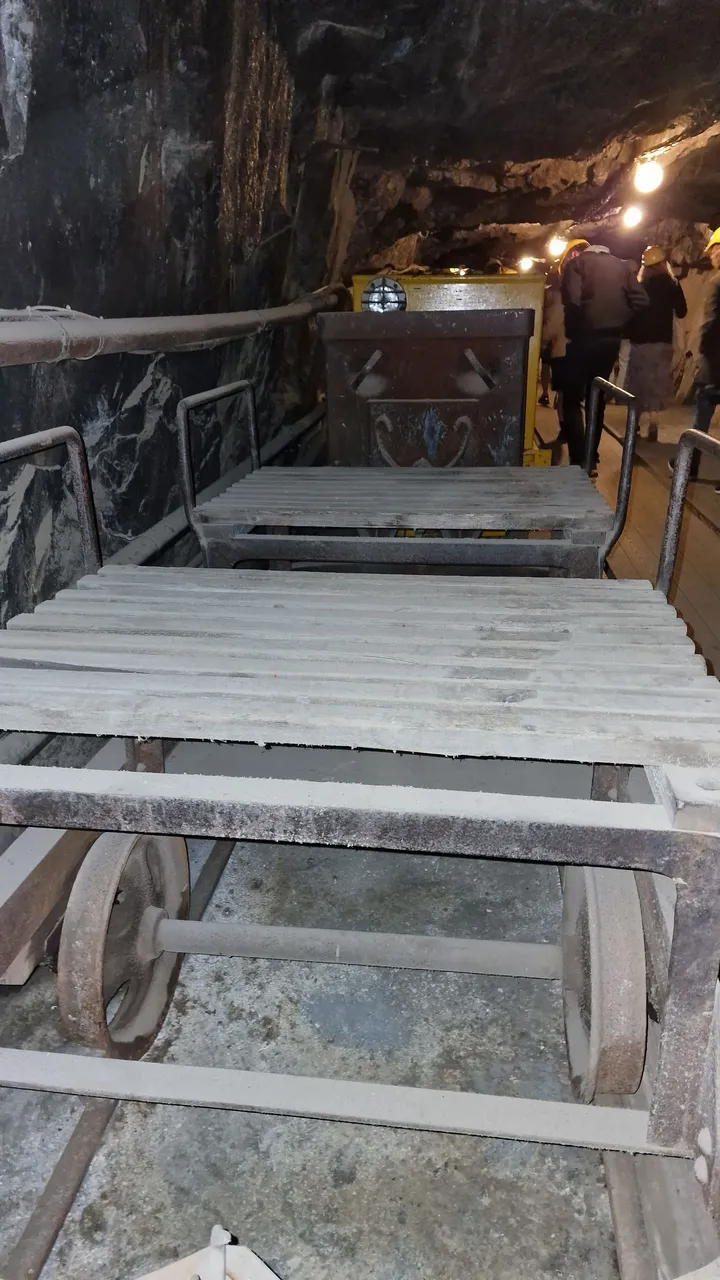

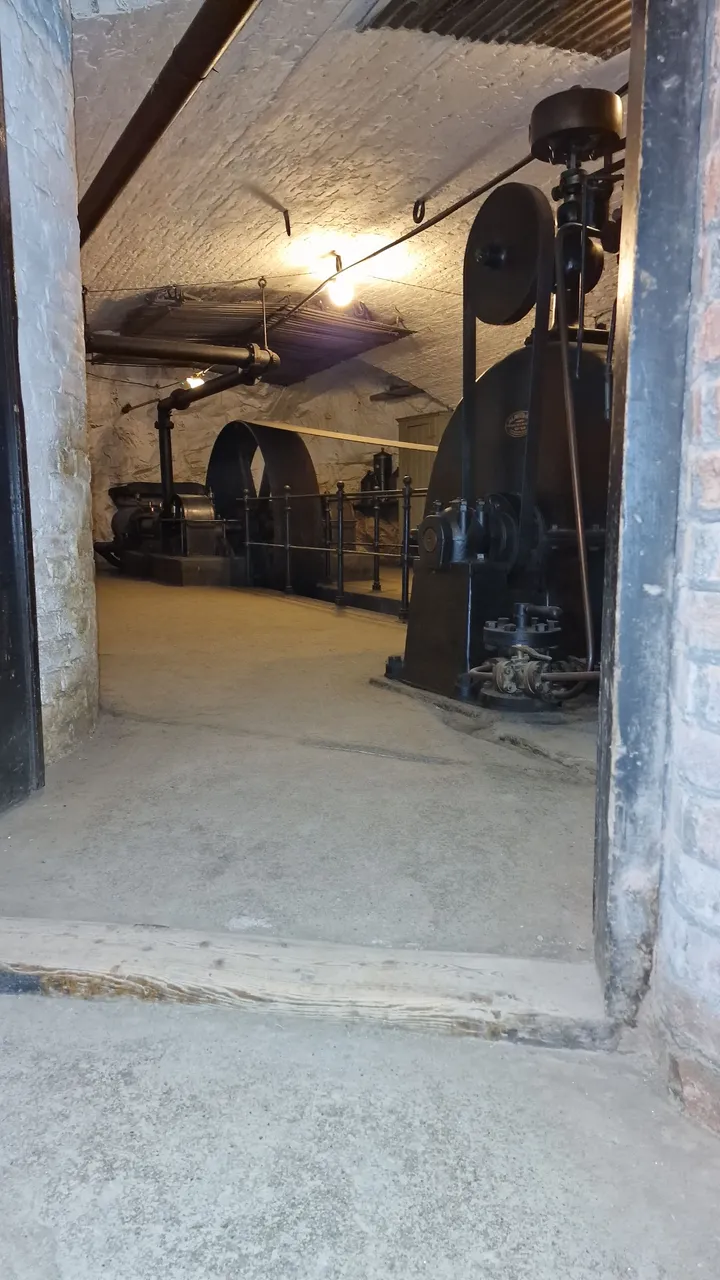

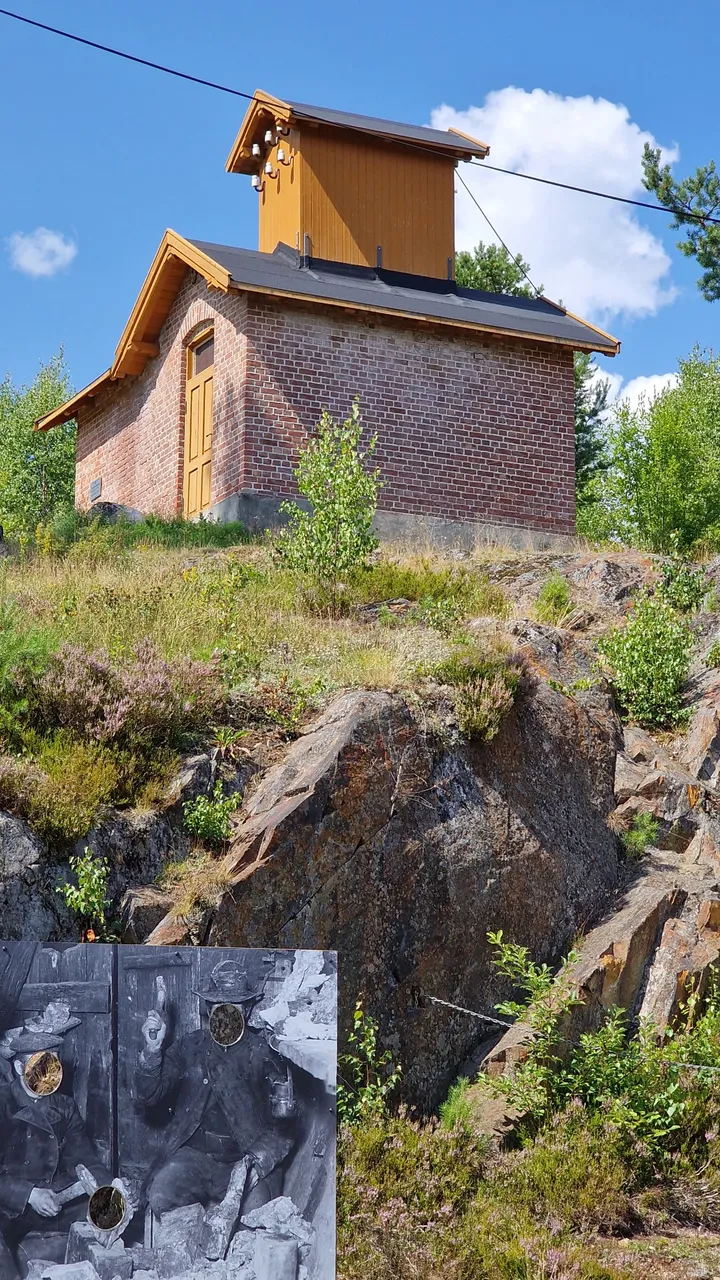
It was a well-guided tour in one hour, and we came back with the same train.

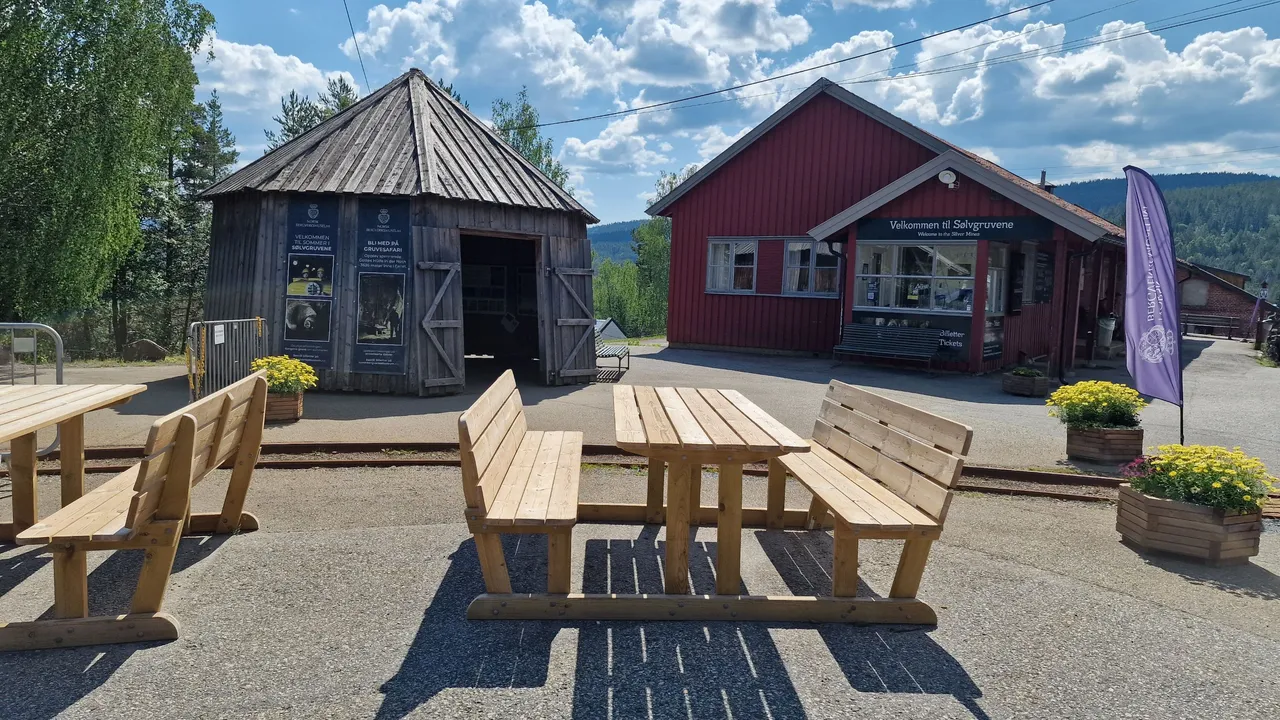
They have a nice open place to rest and enjoy eating lunch. or a visit to a restaurant.
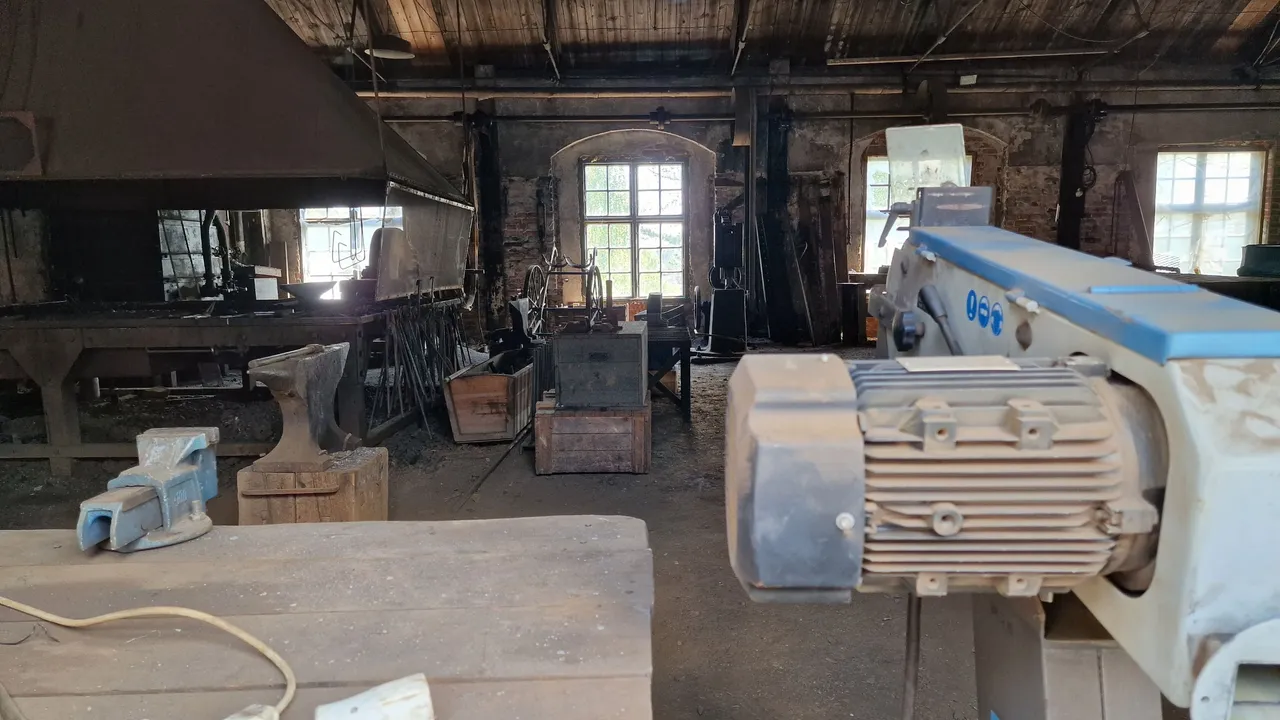
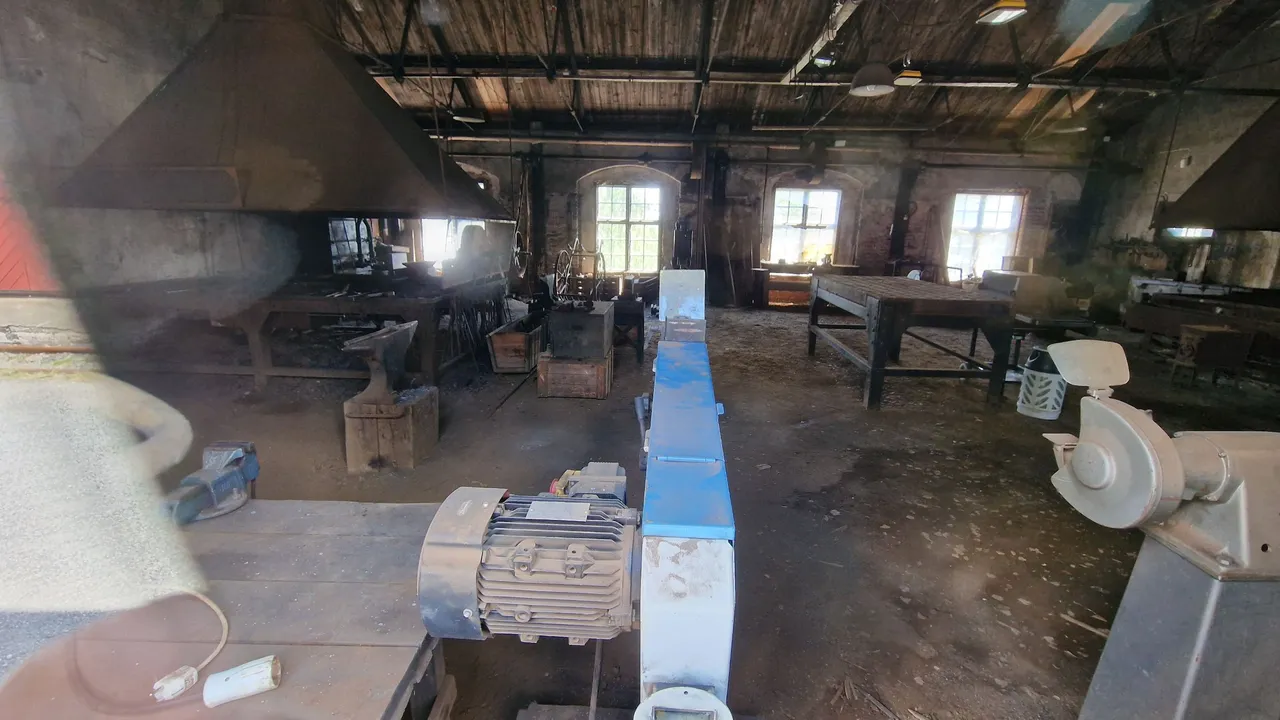
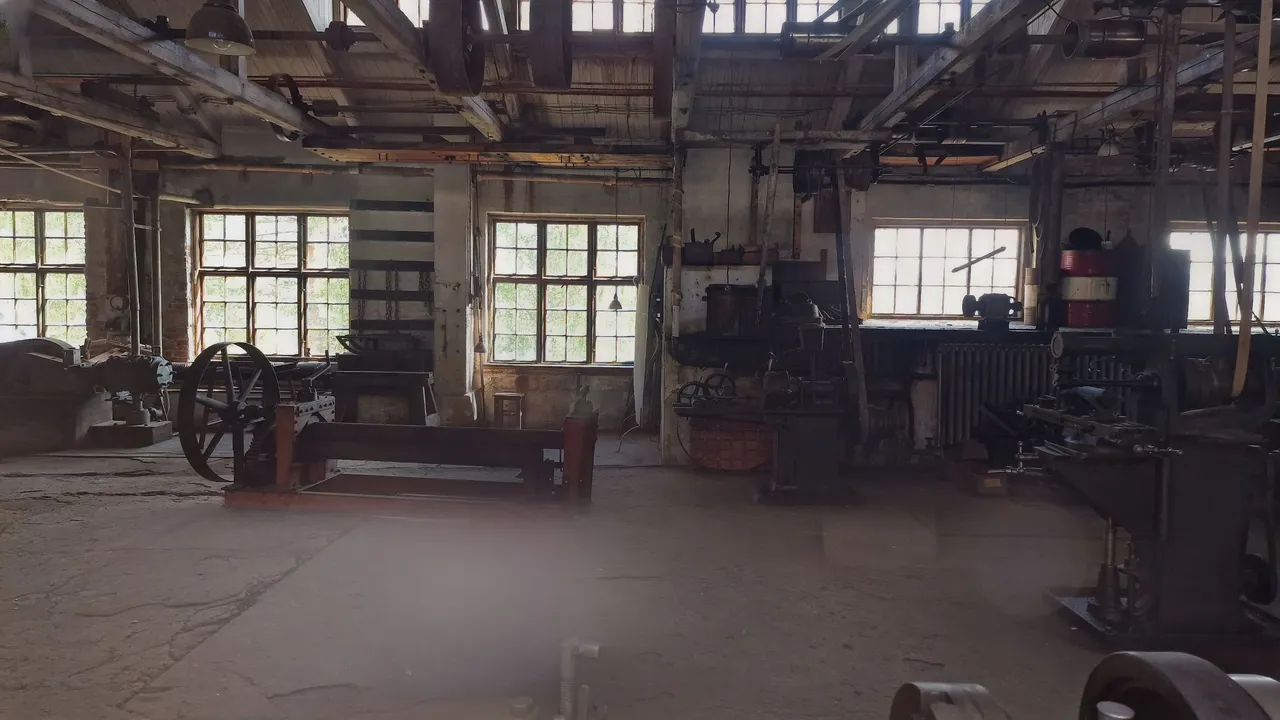
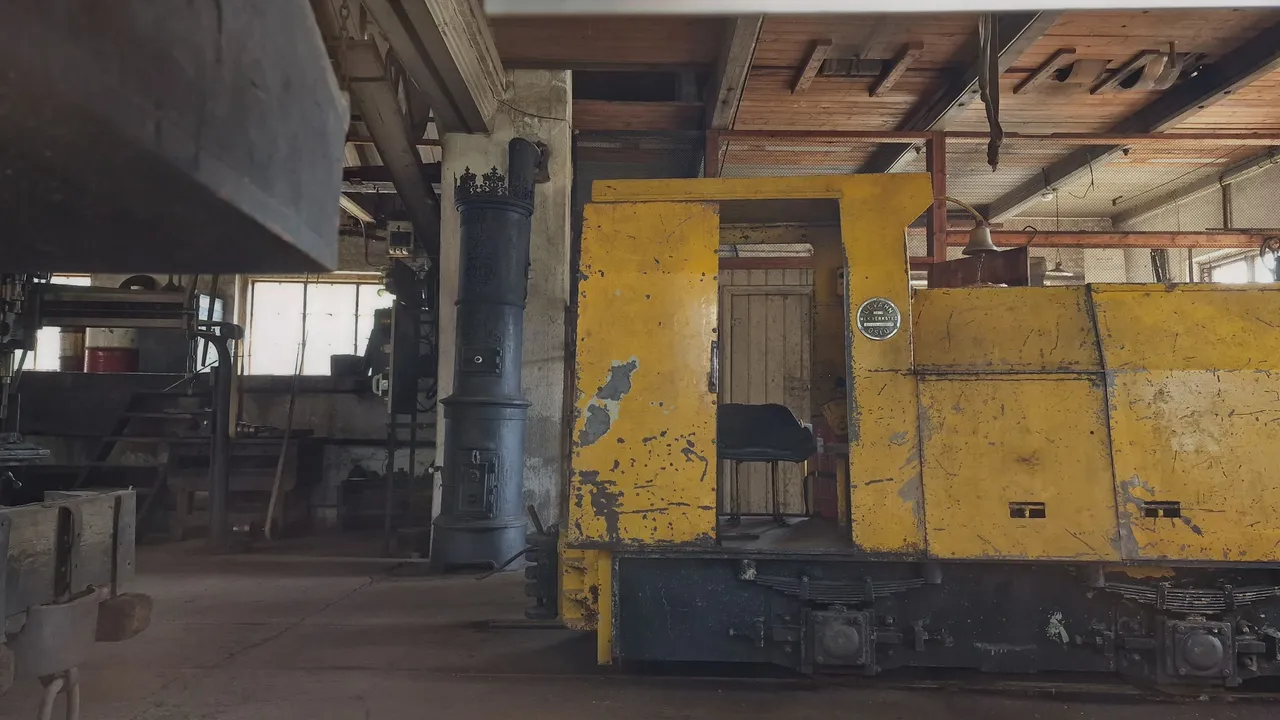
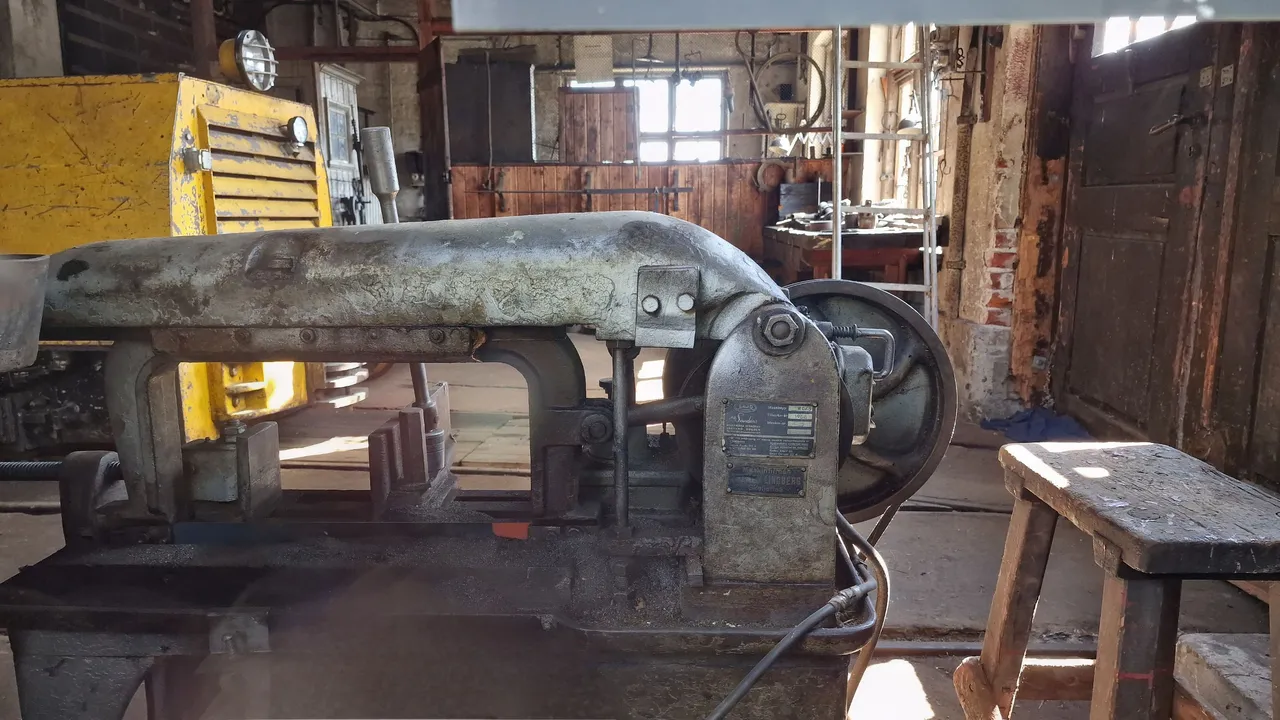
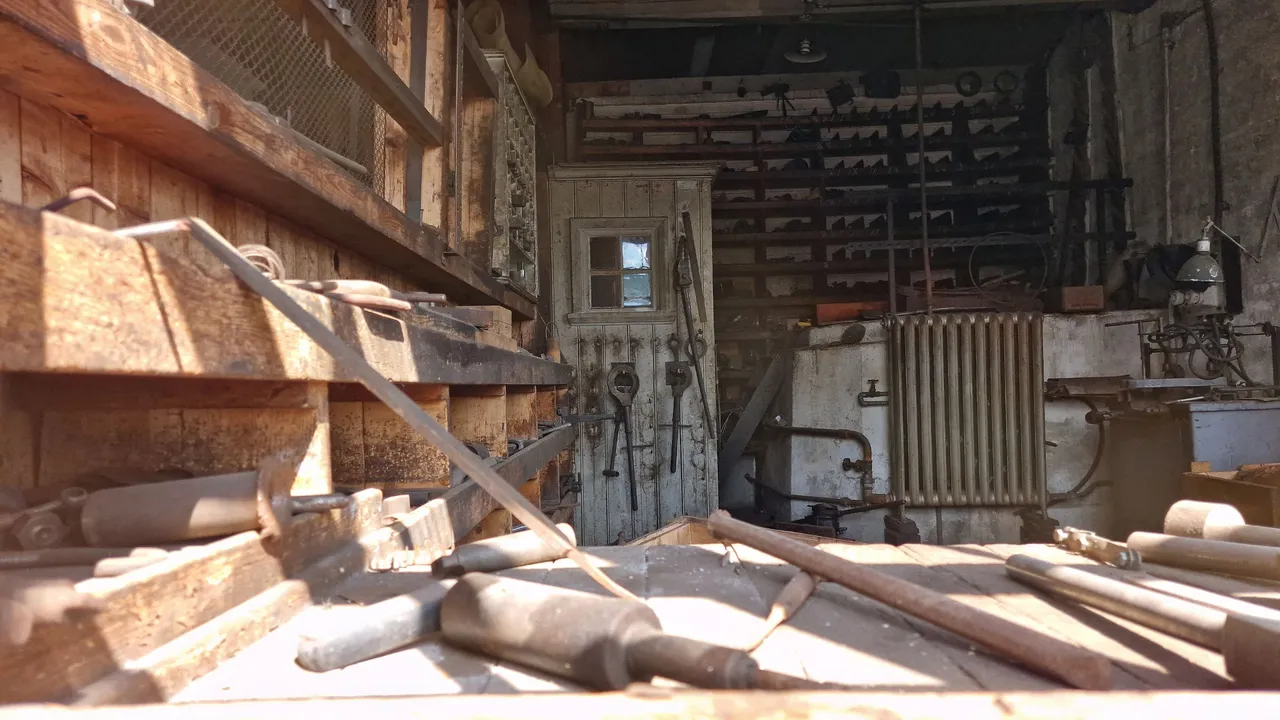
Preserved workshop with old-style tools and equipment. It was closed but I took these photos from the window.
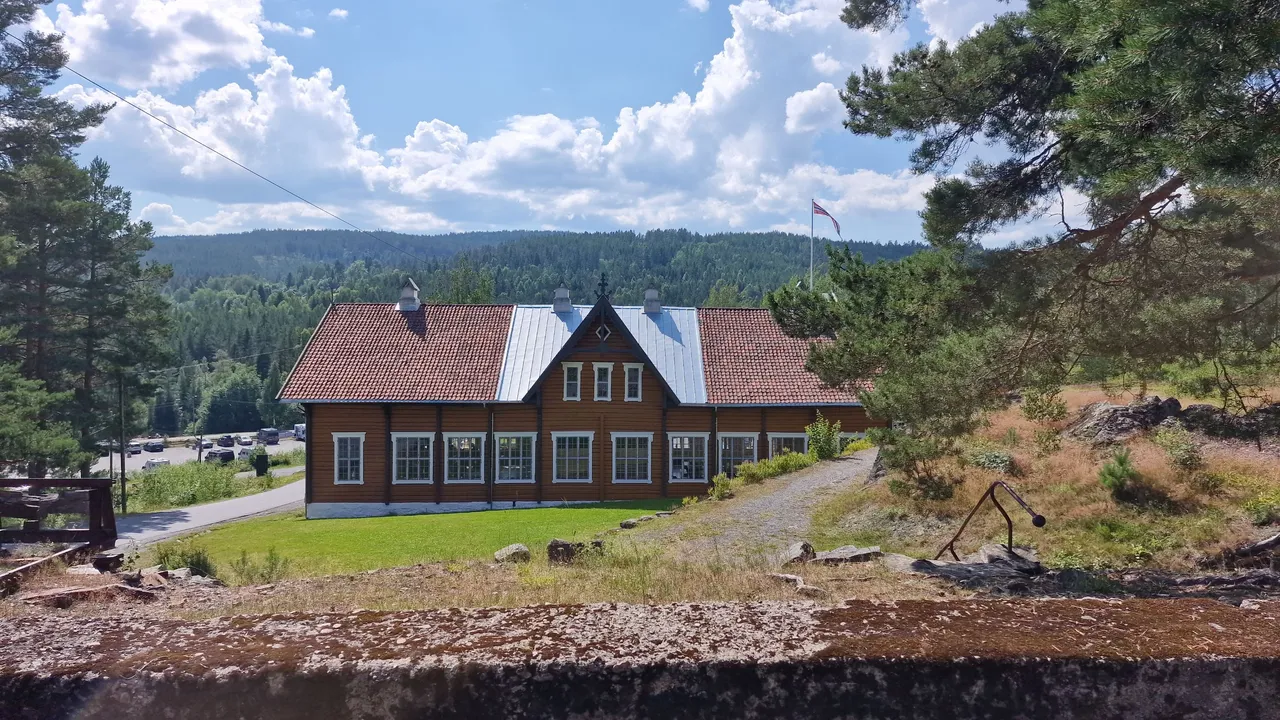
That is the museum that I visited before we came to the mine.
Thank you.
[//]:# ([//]:# (!worldmappin 59.63030 lat 9.60053 long d3scr))